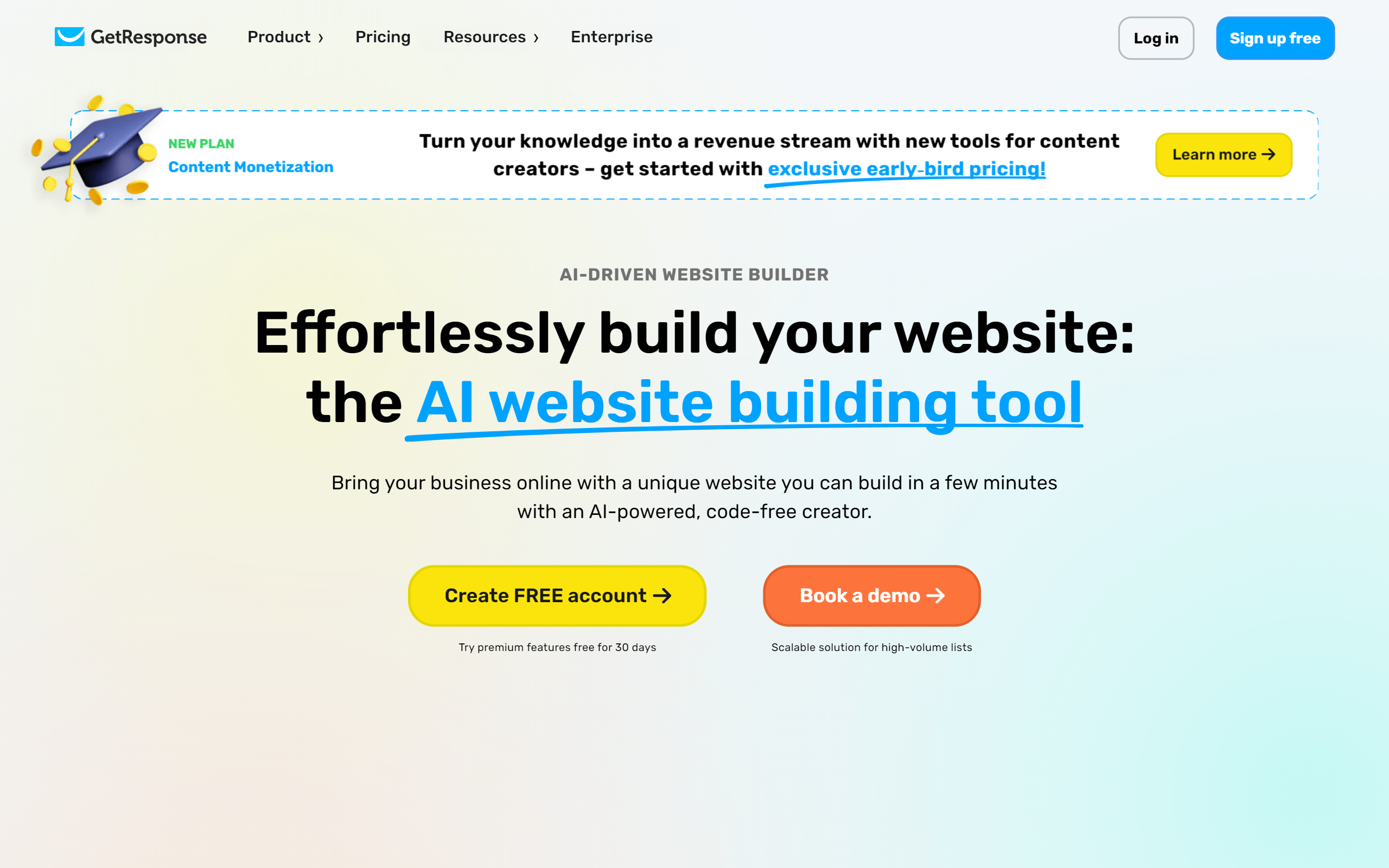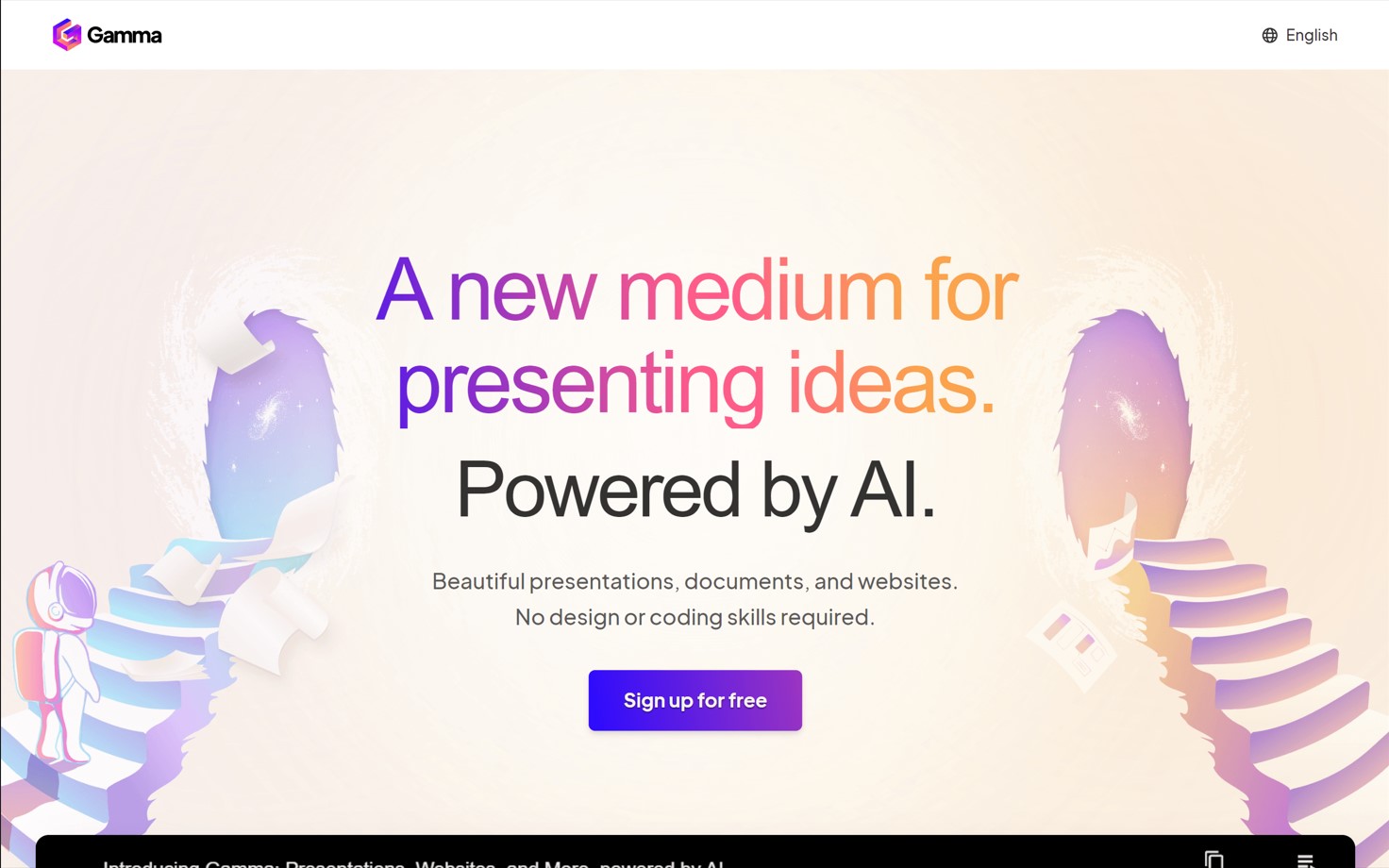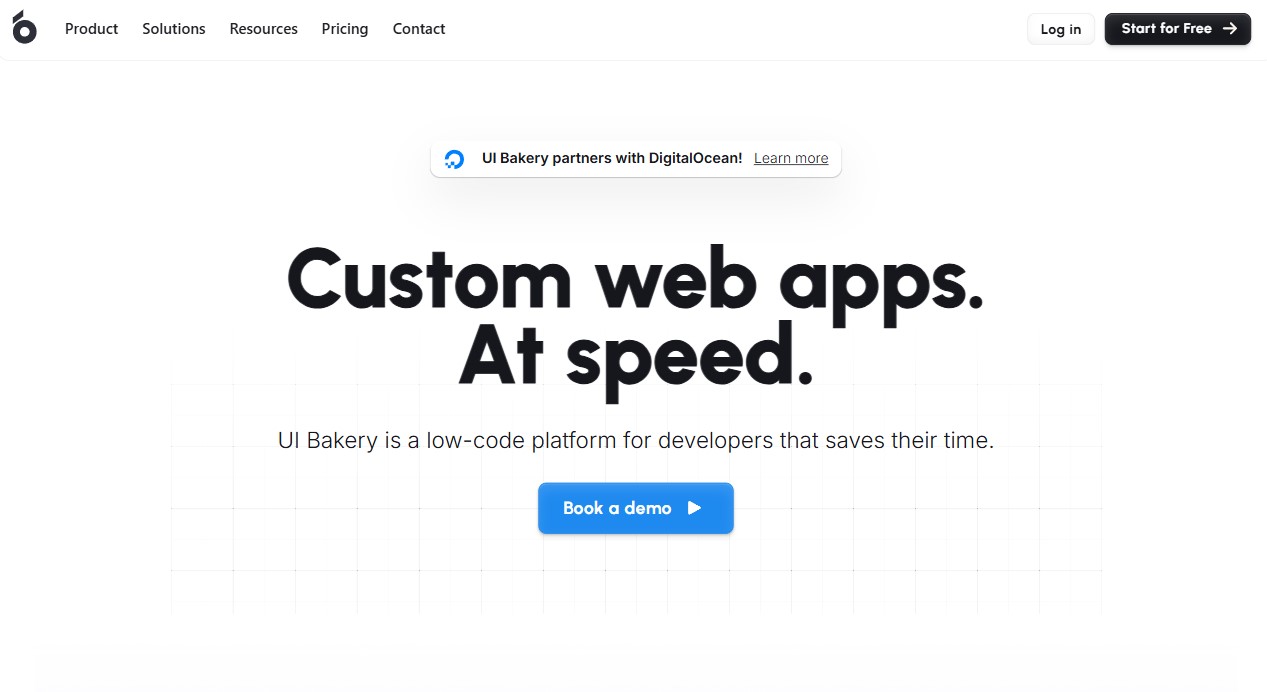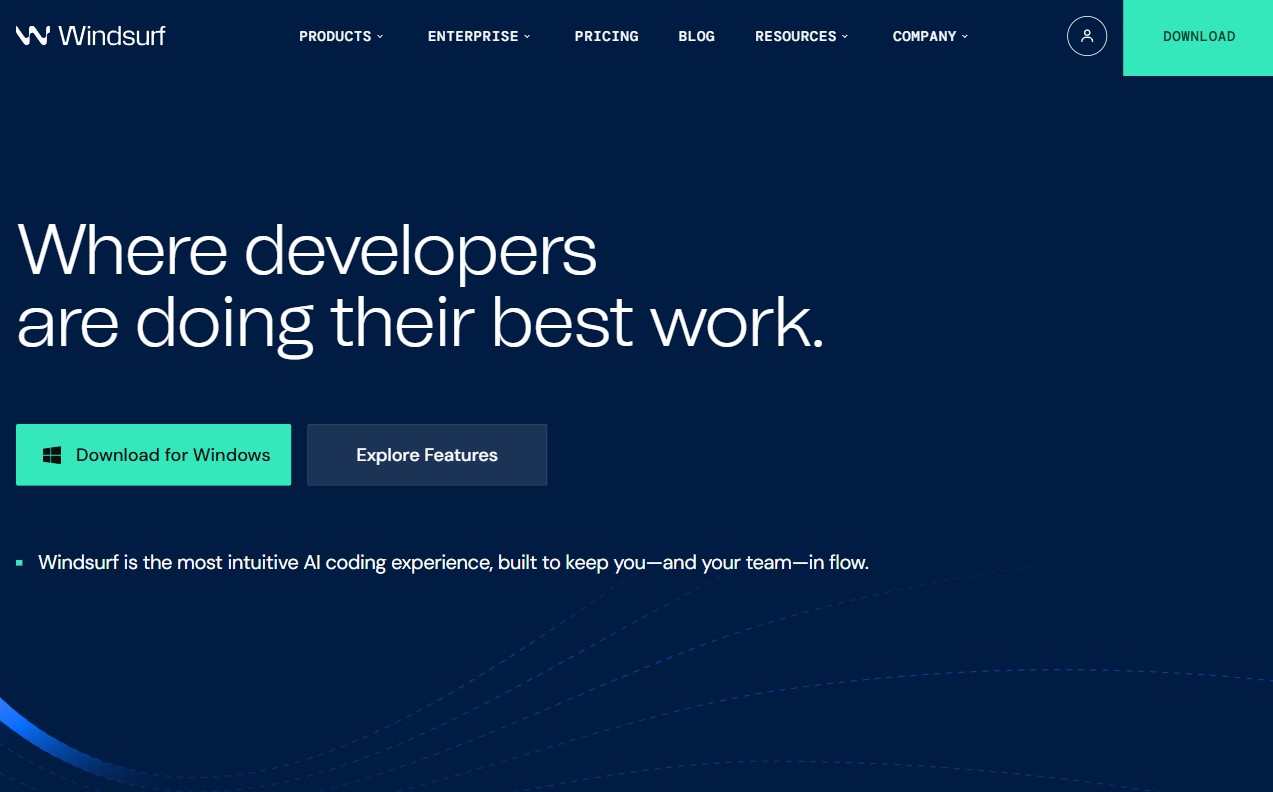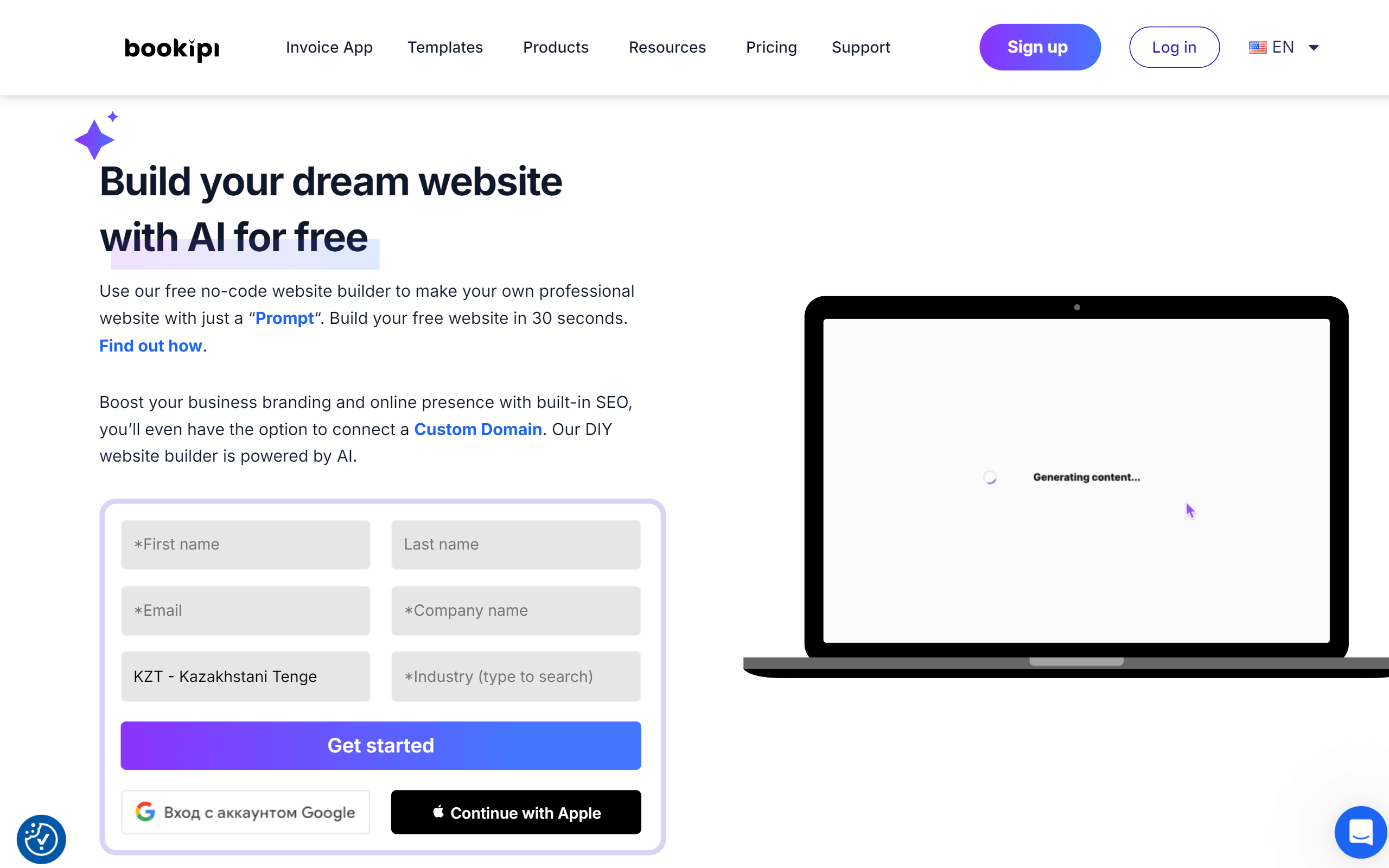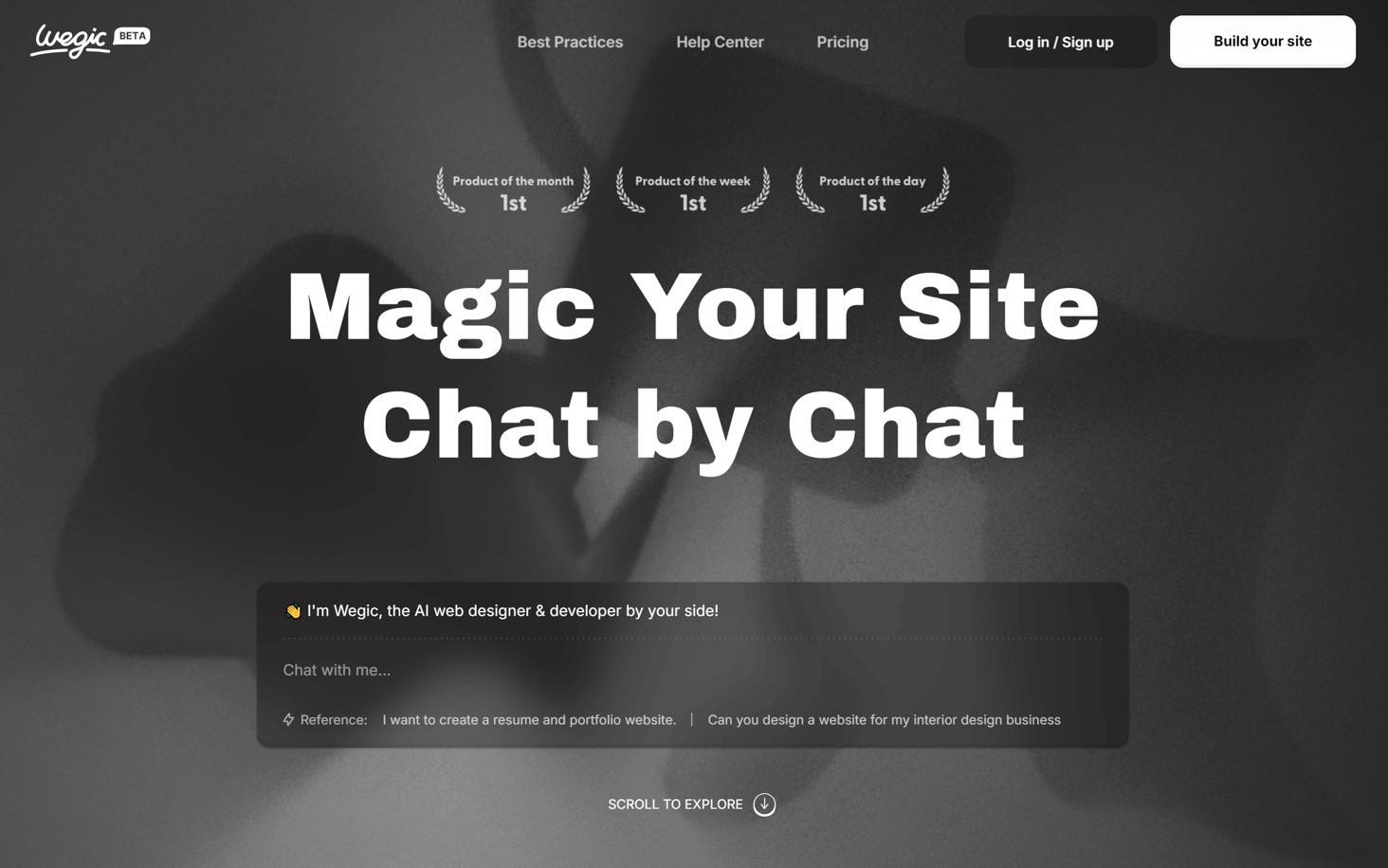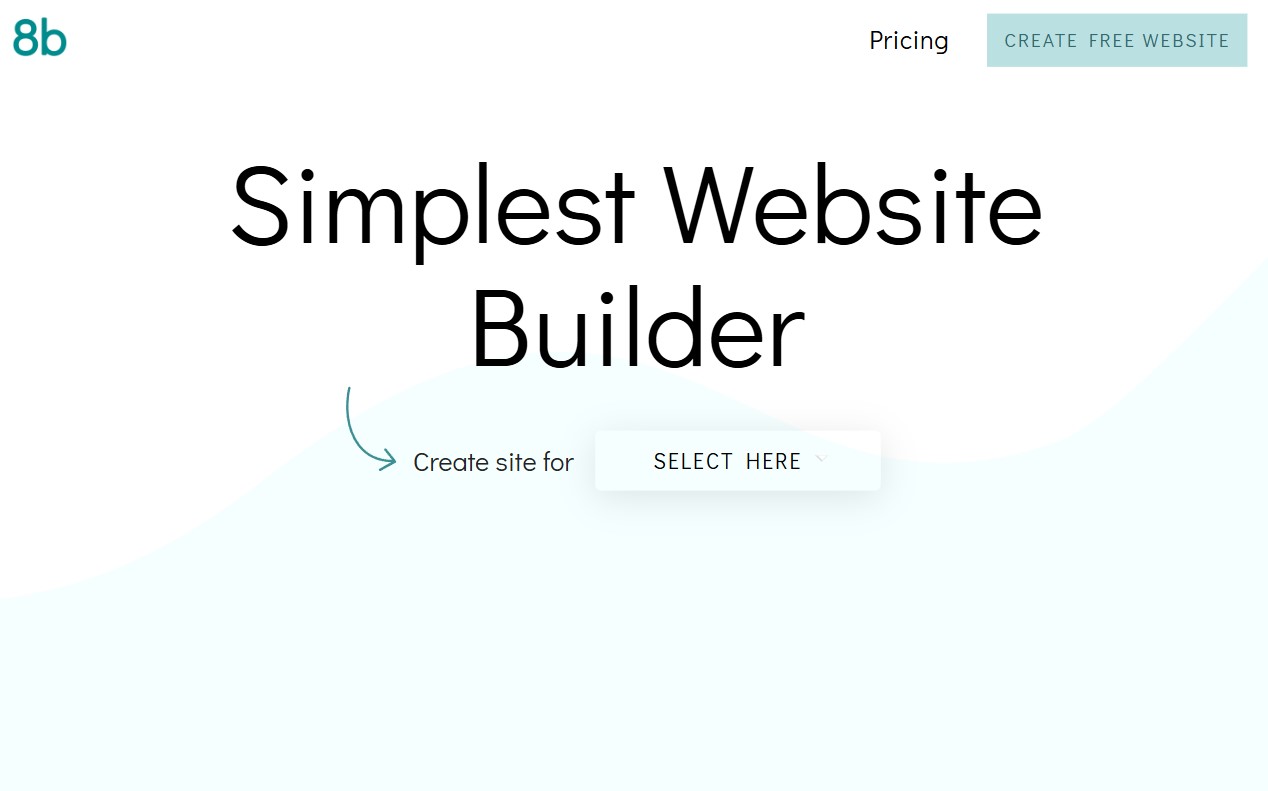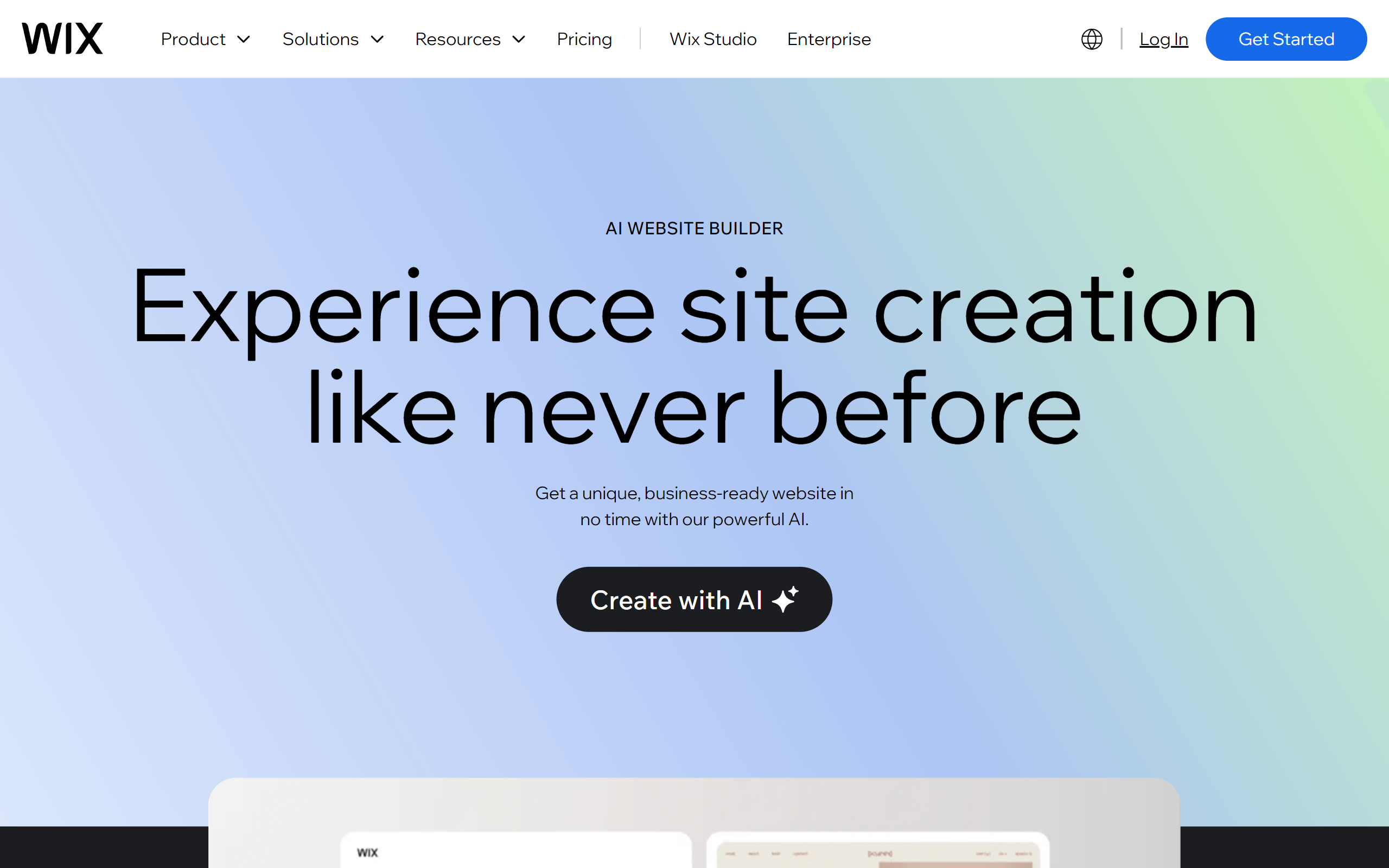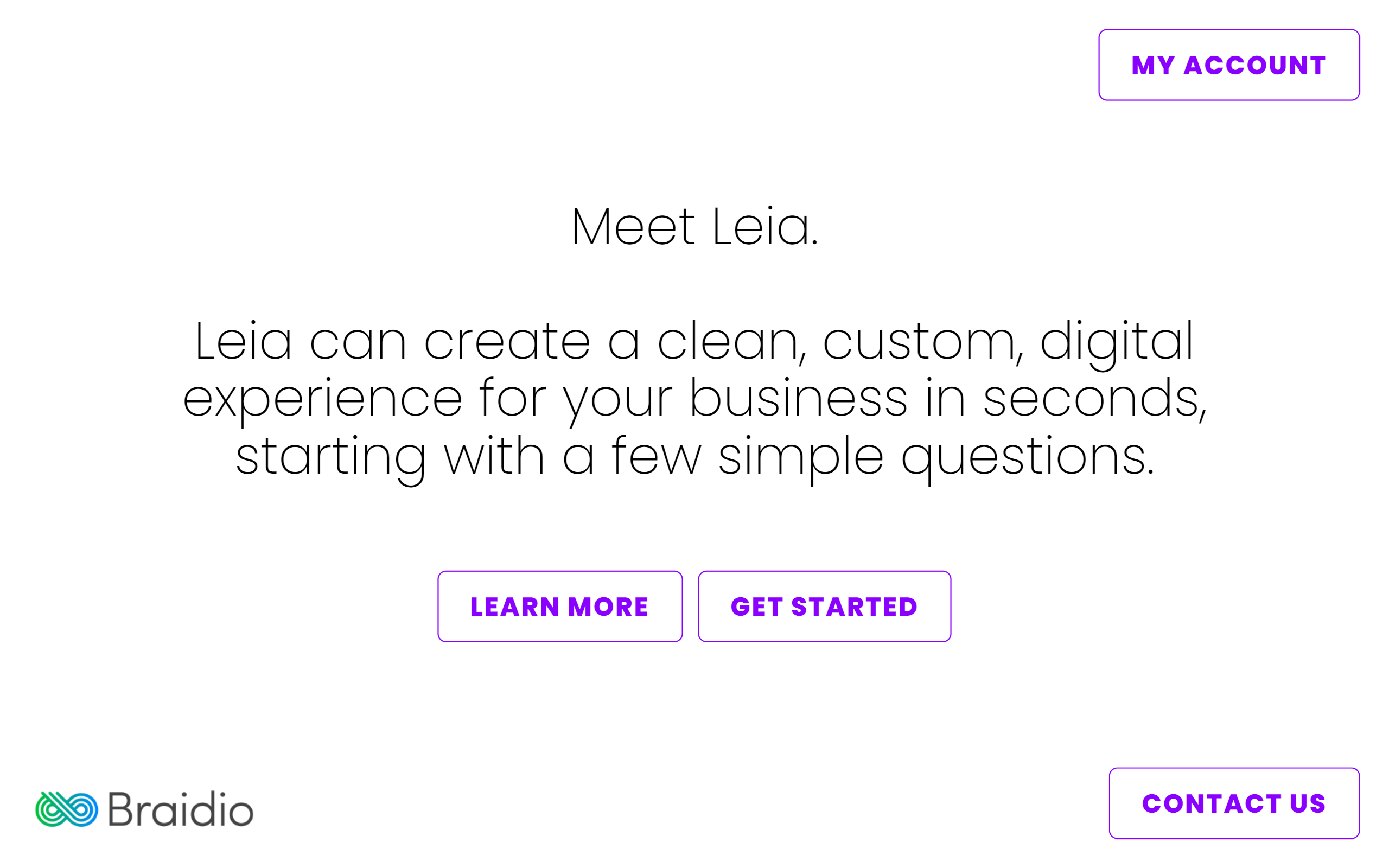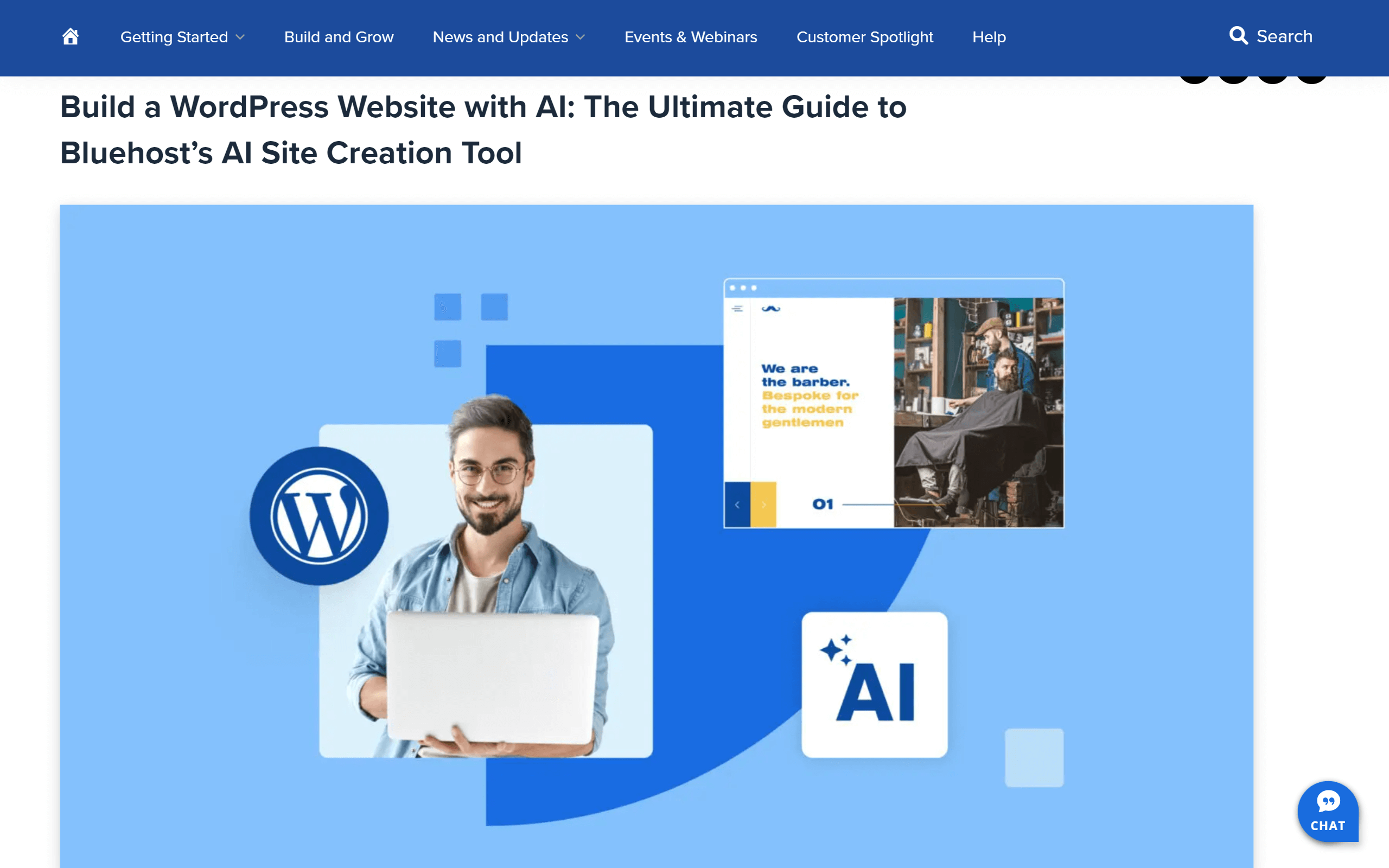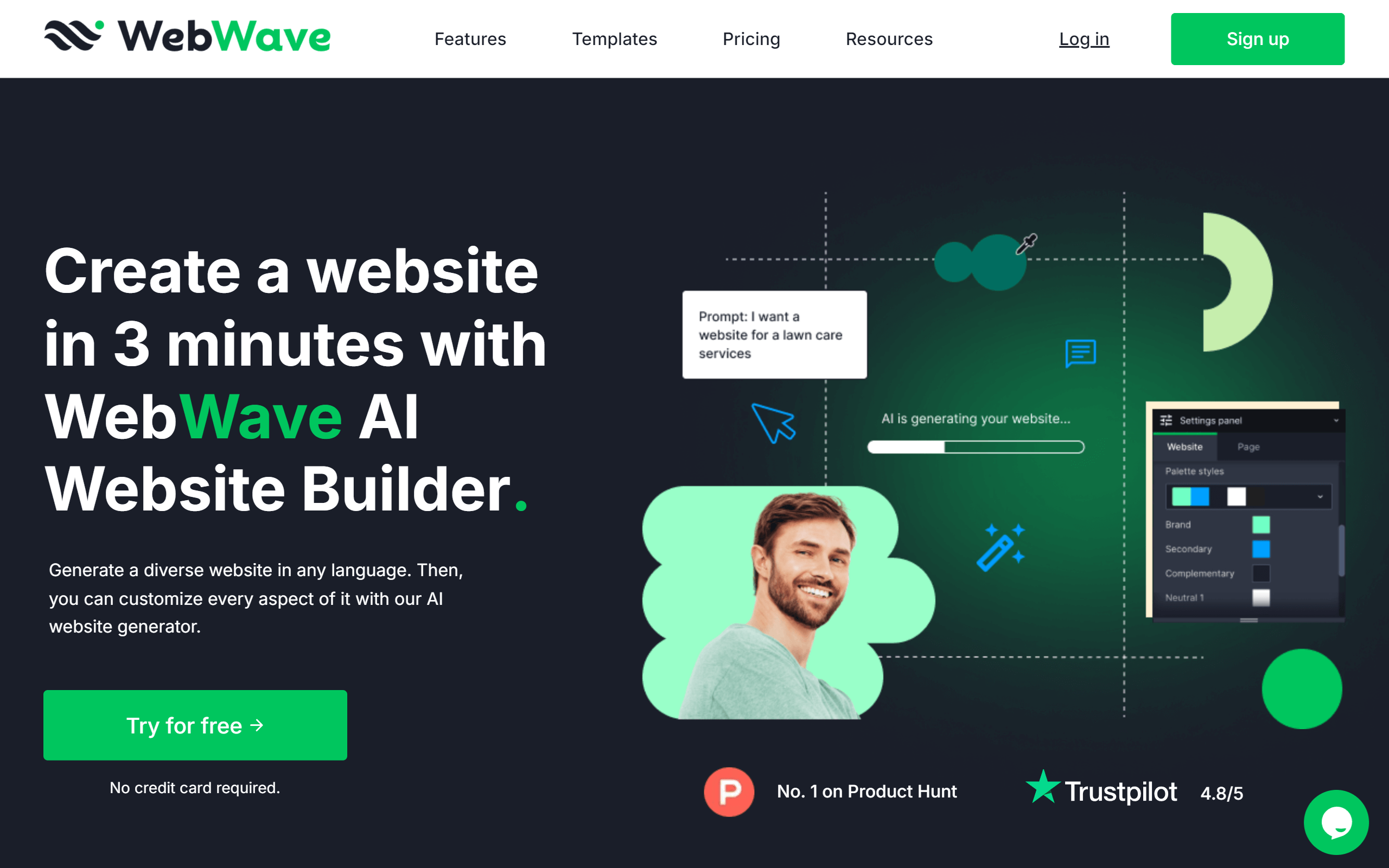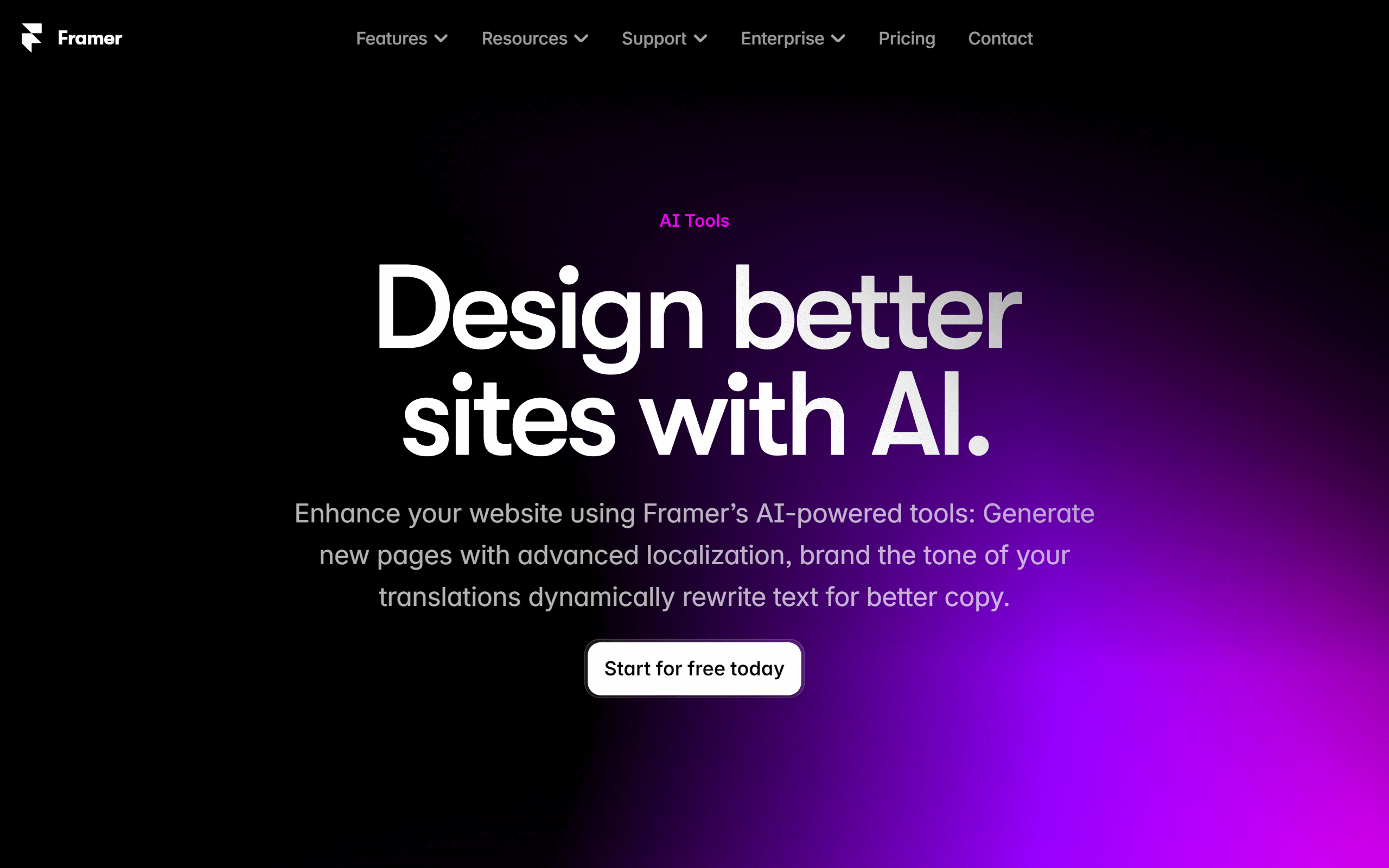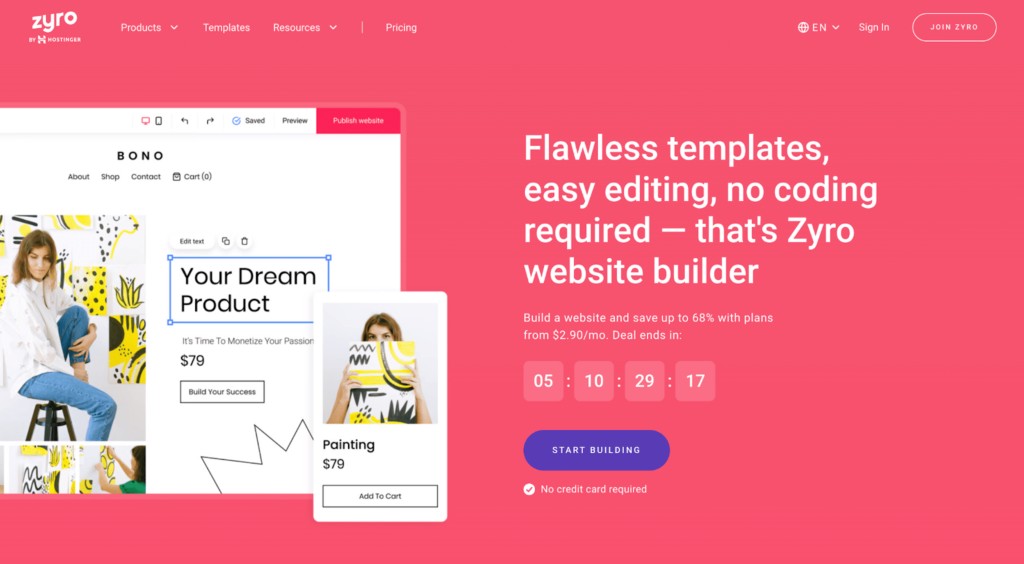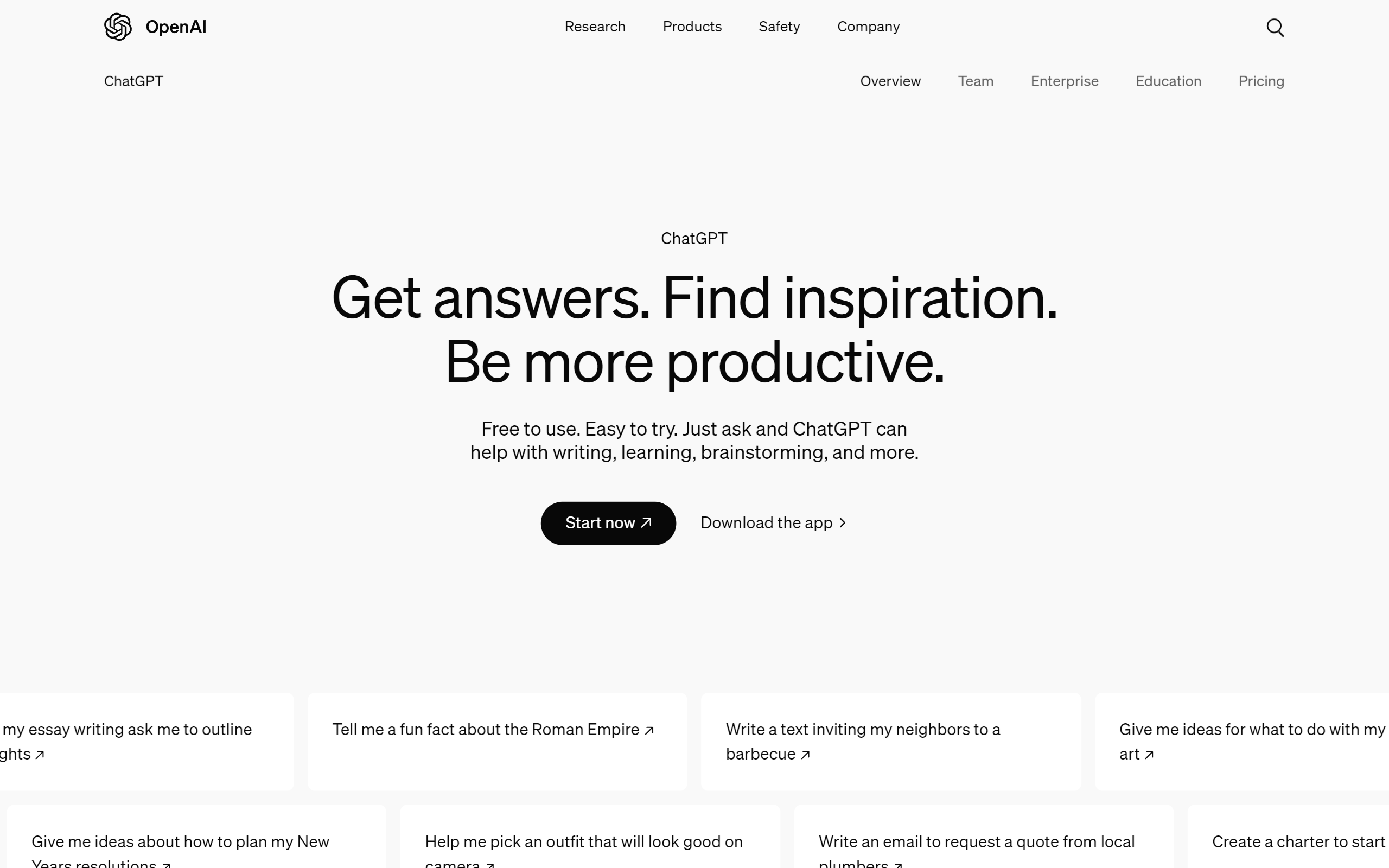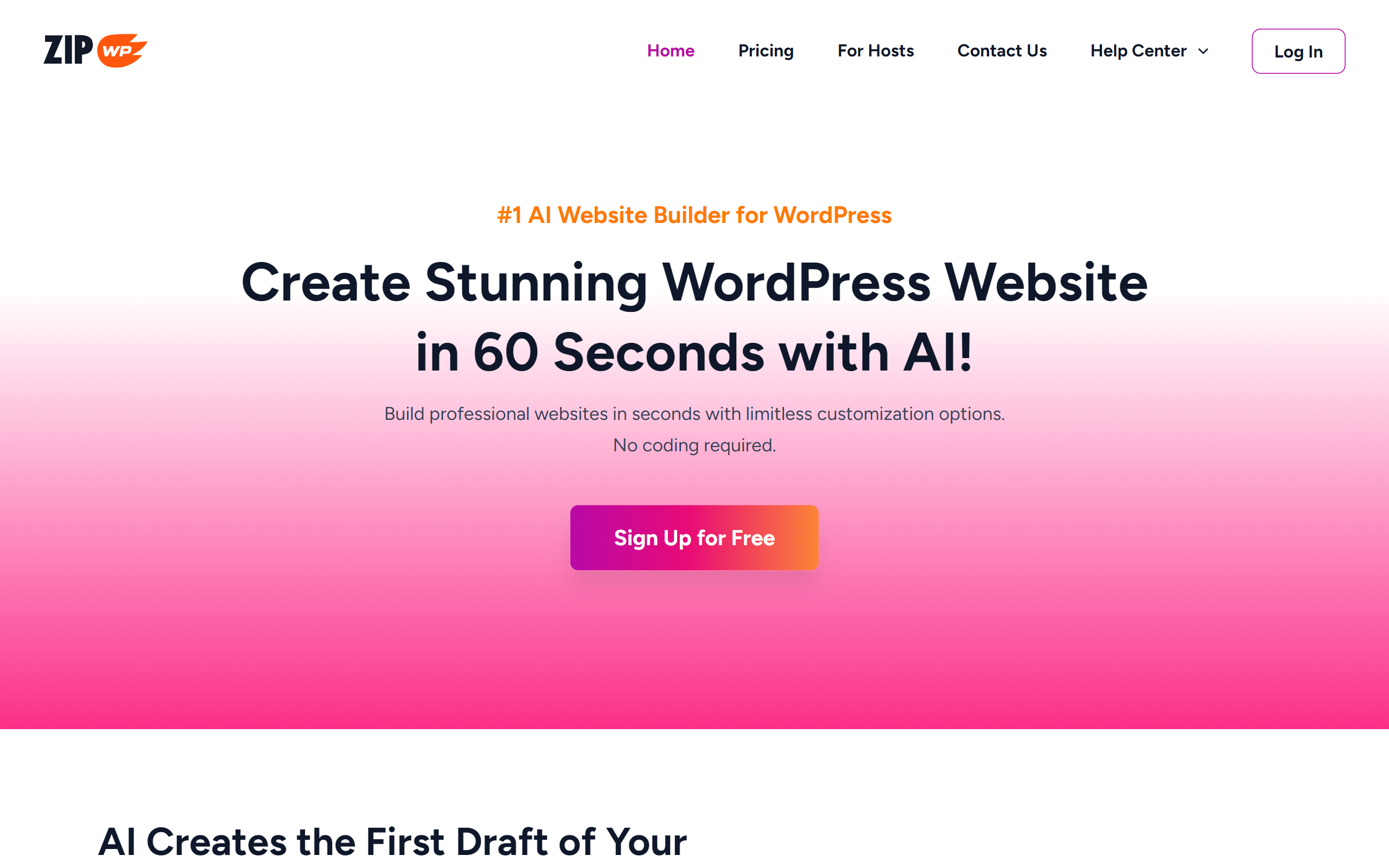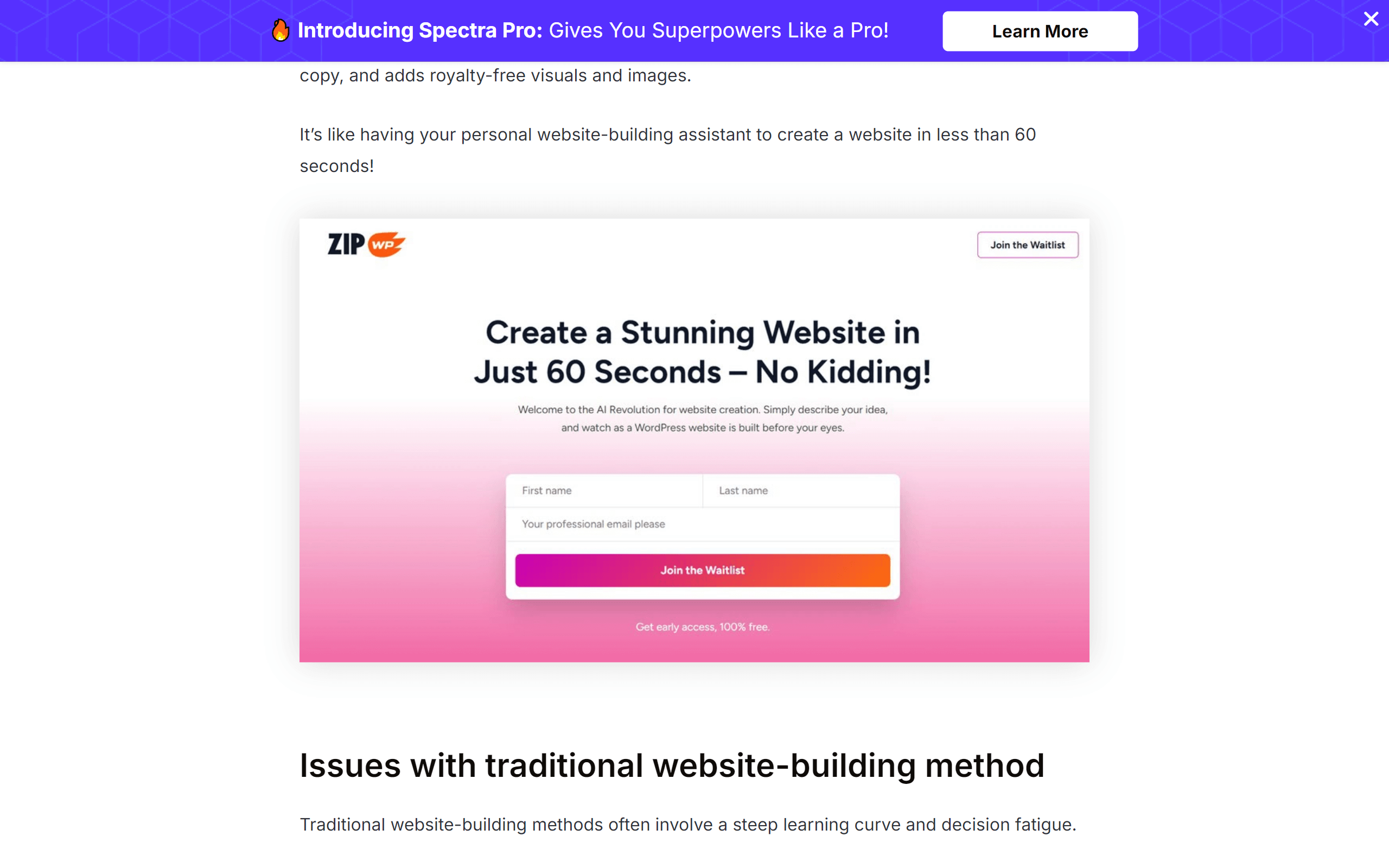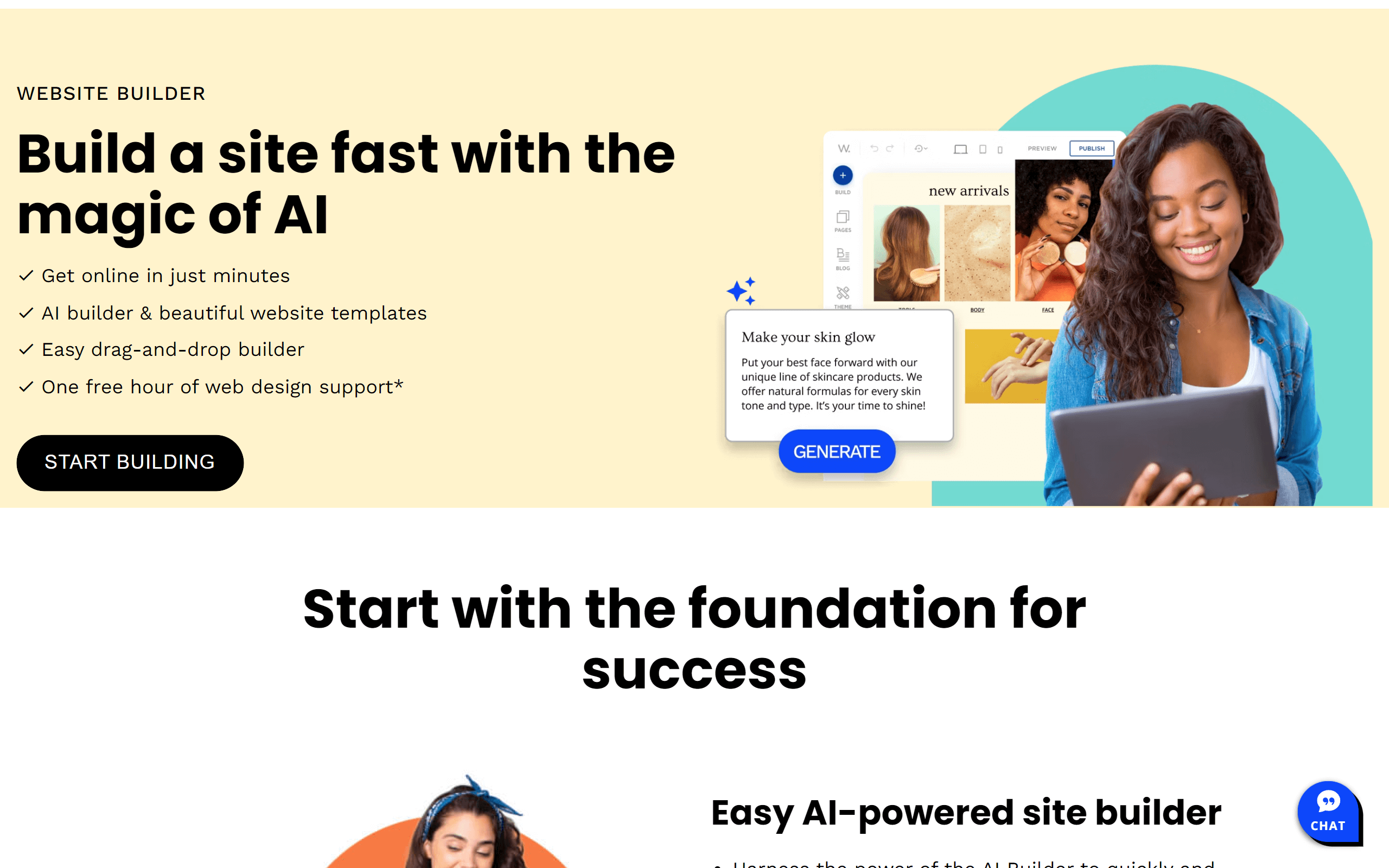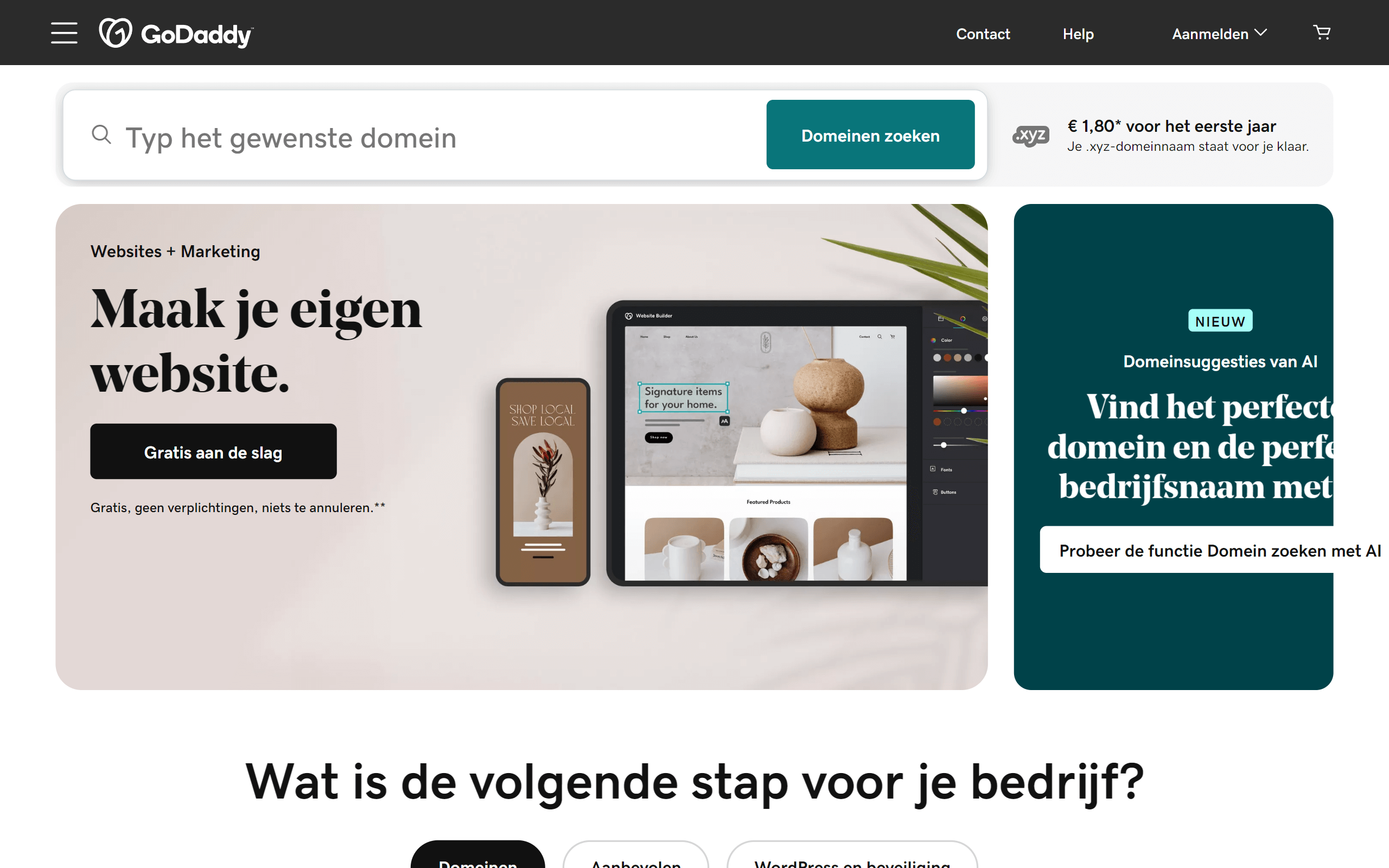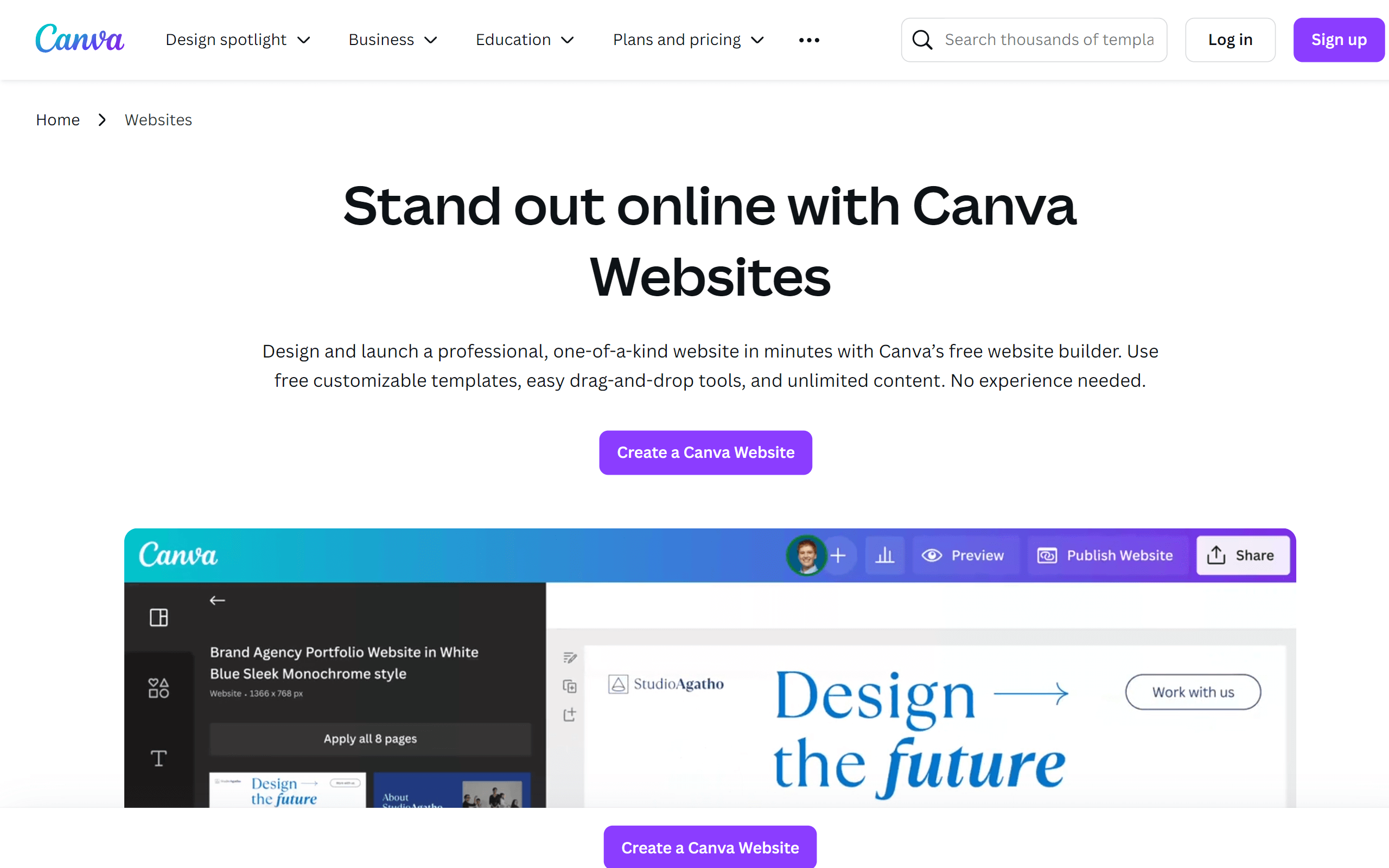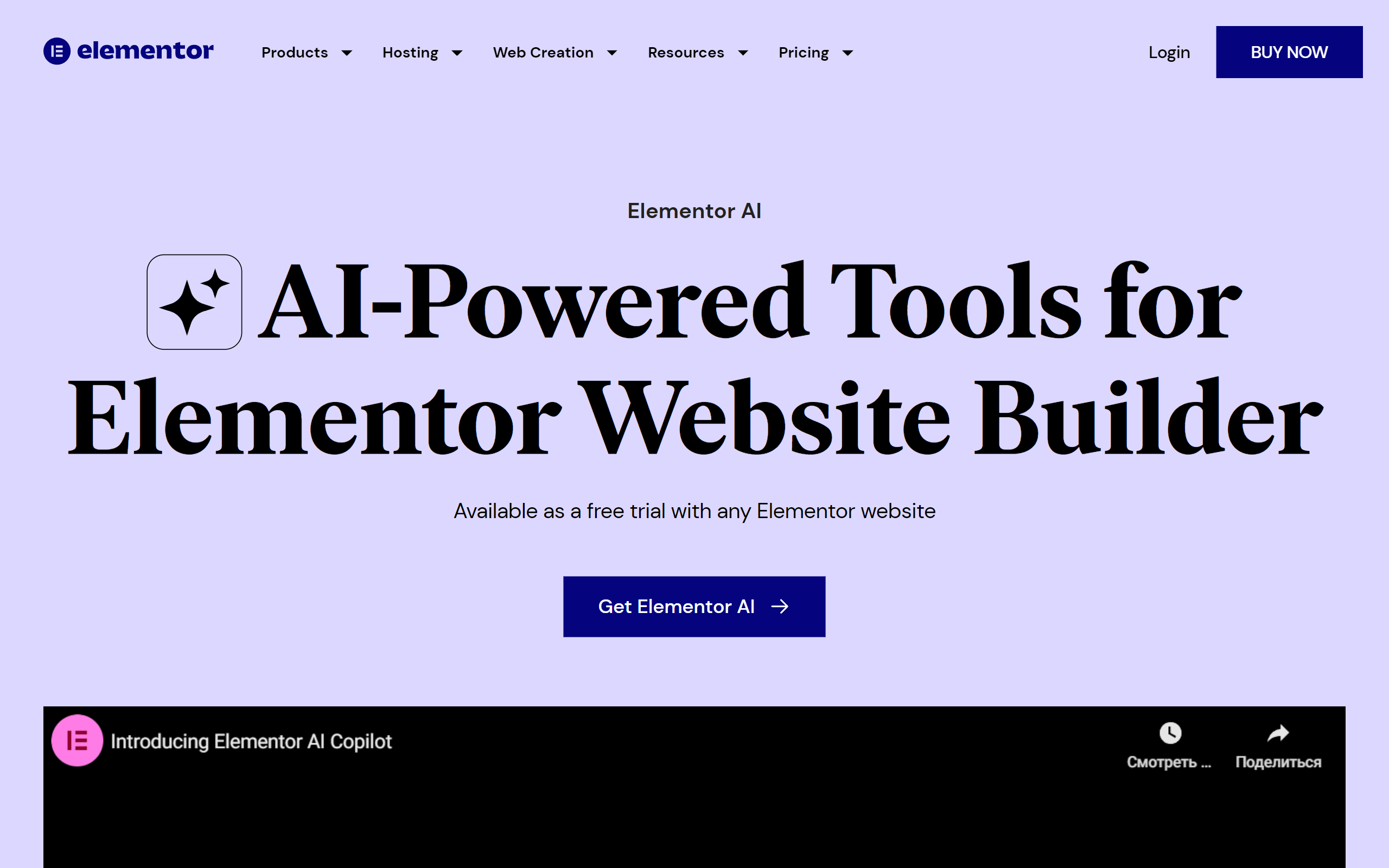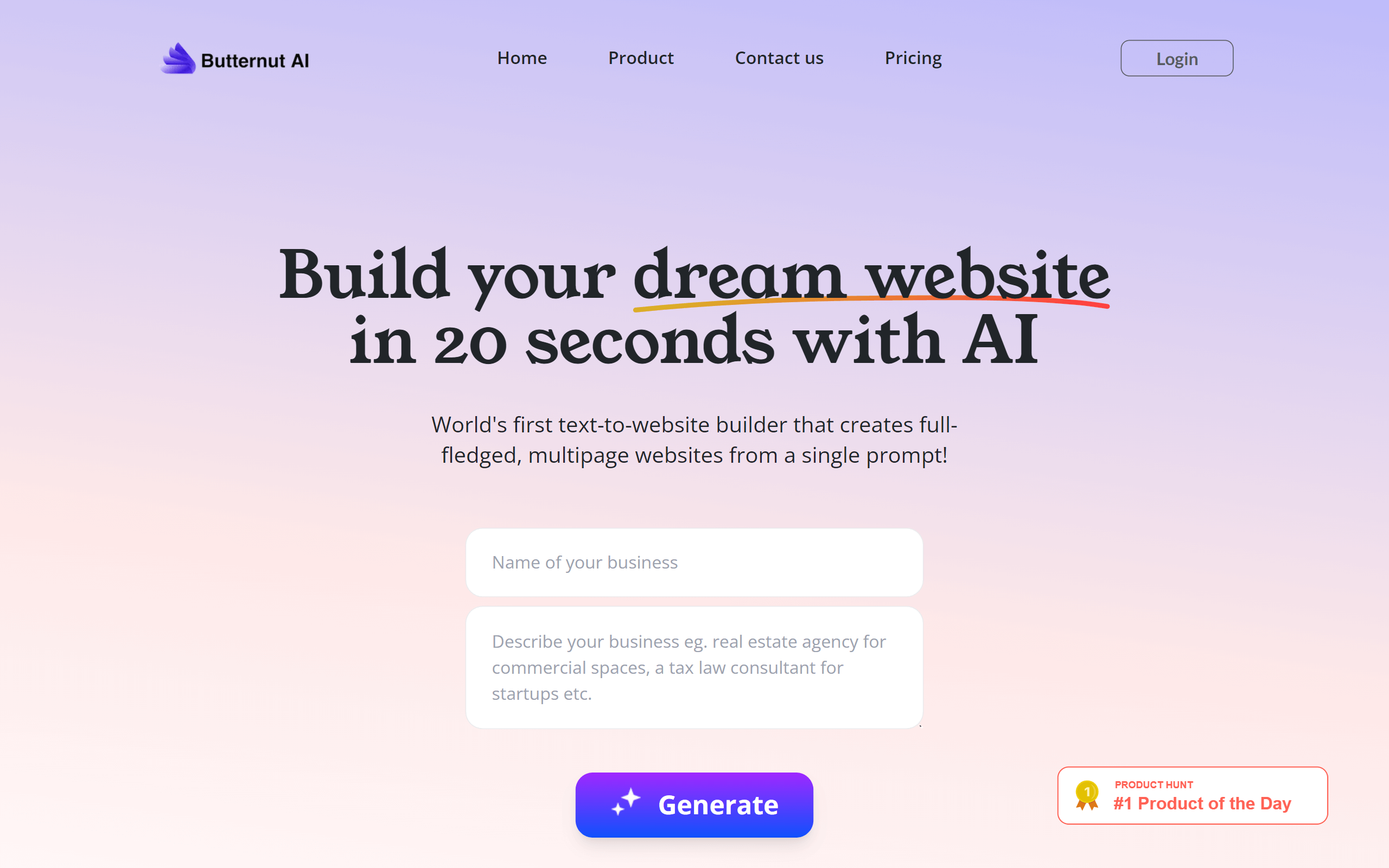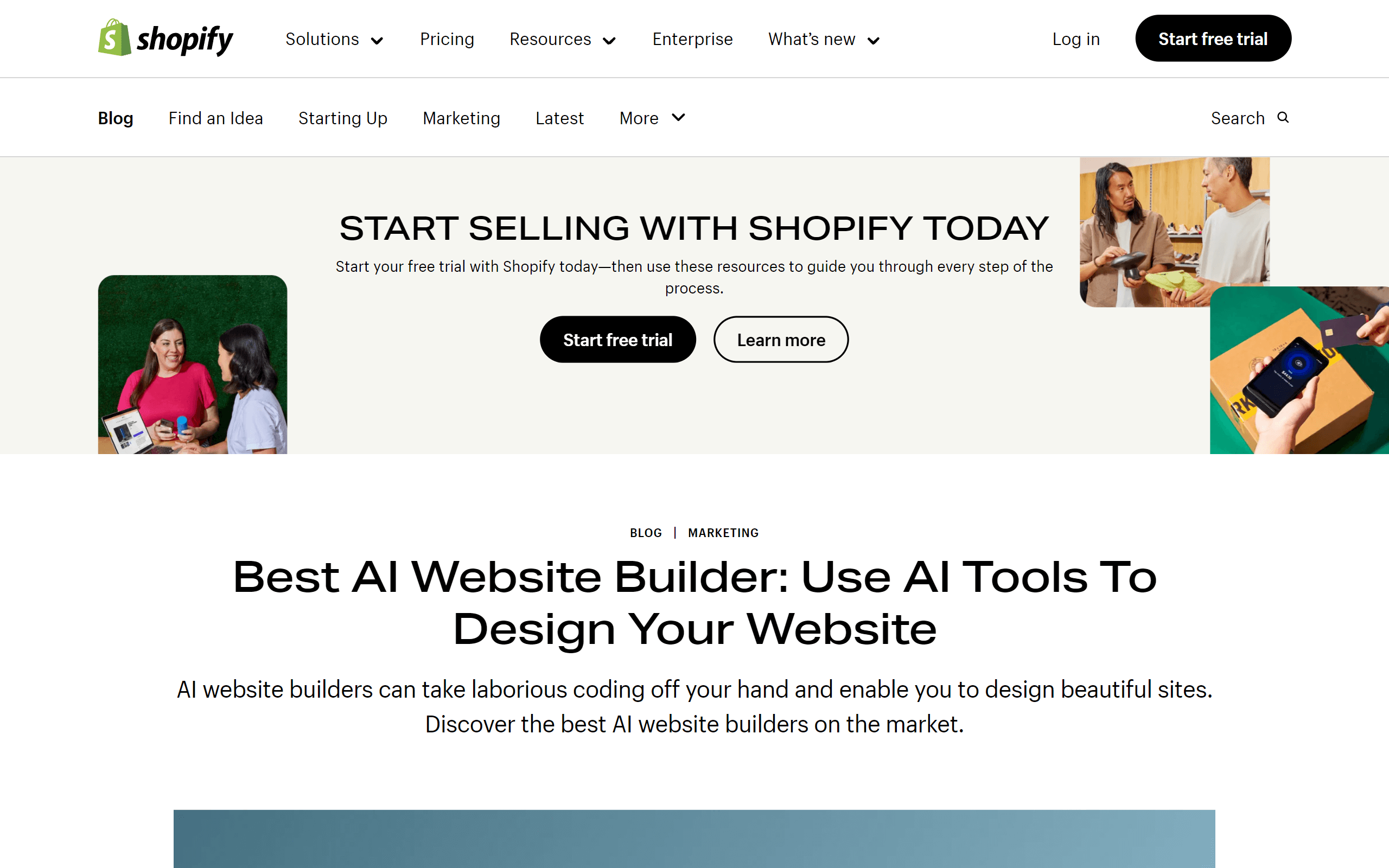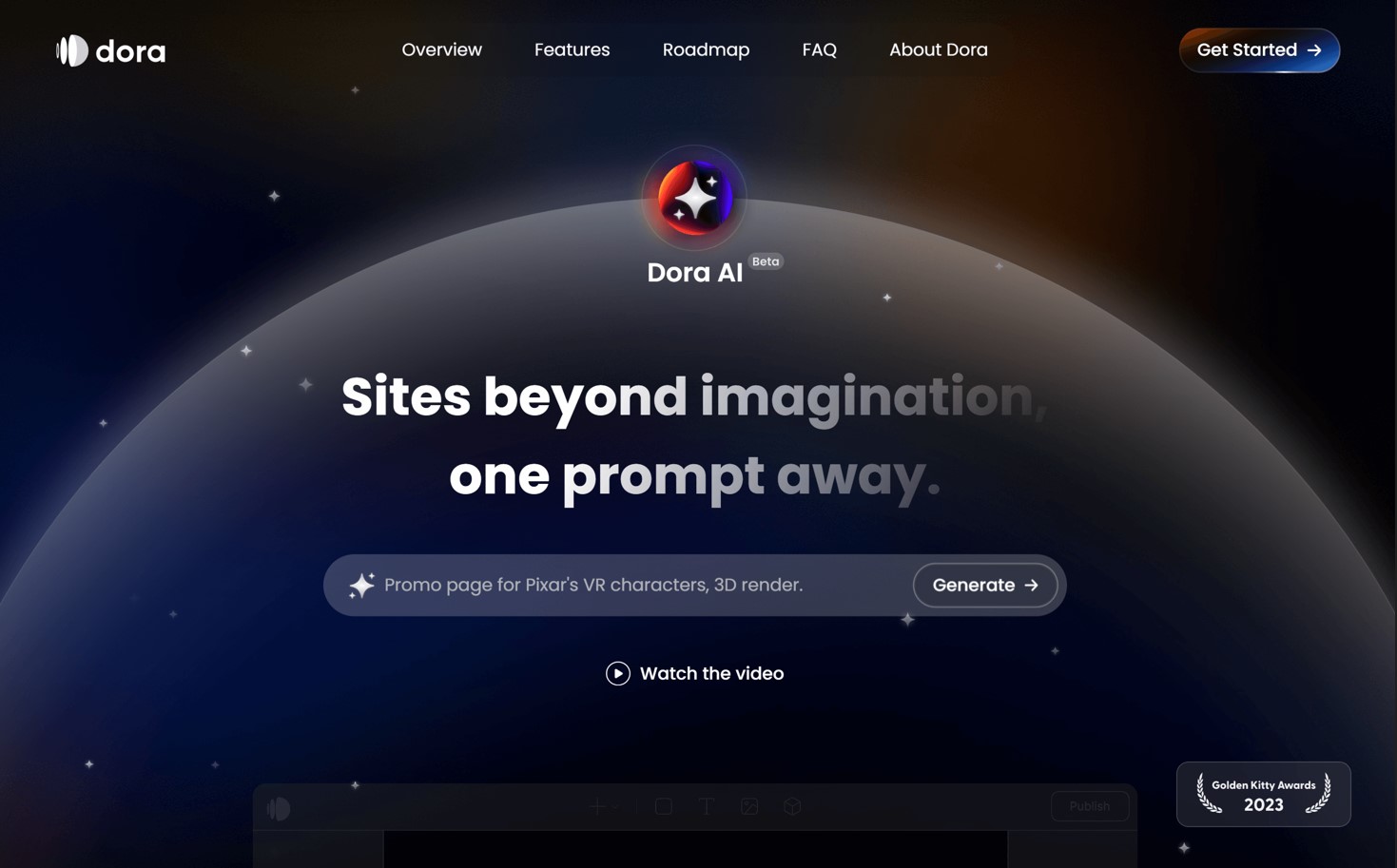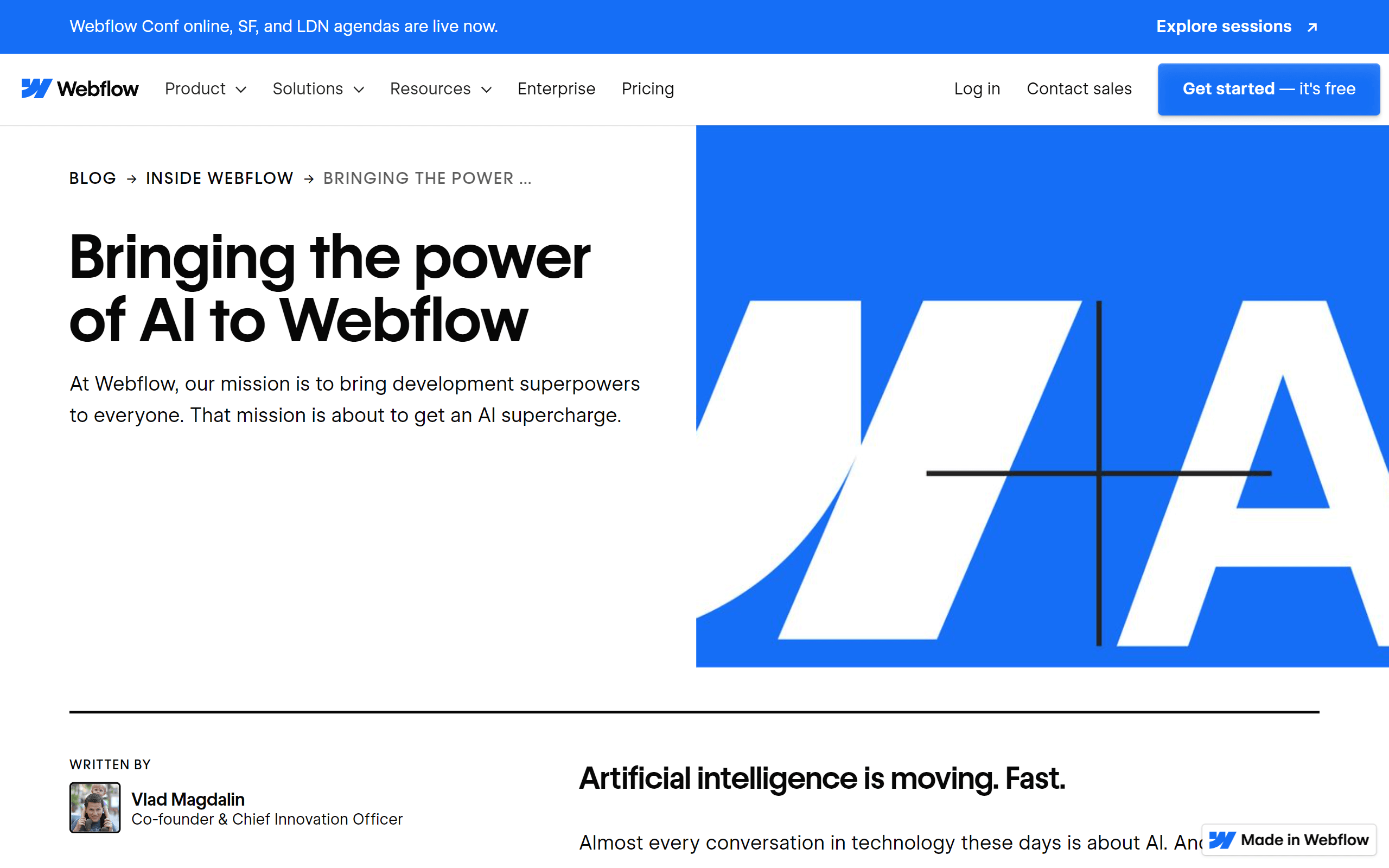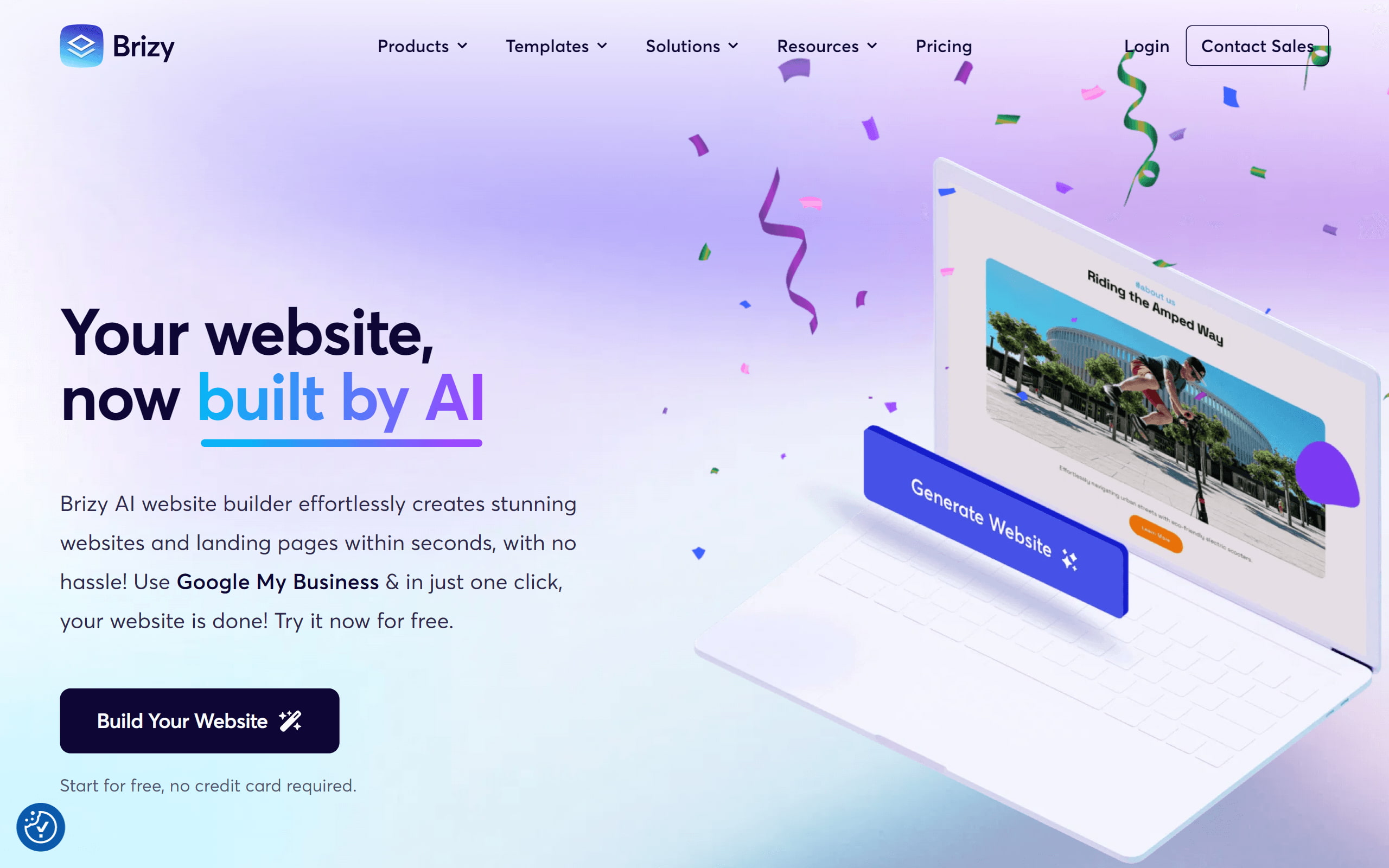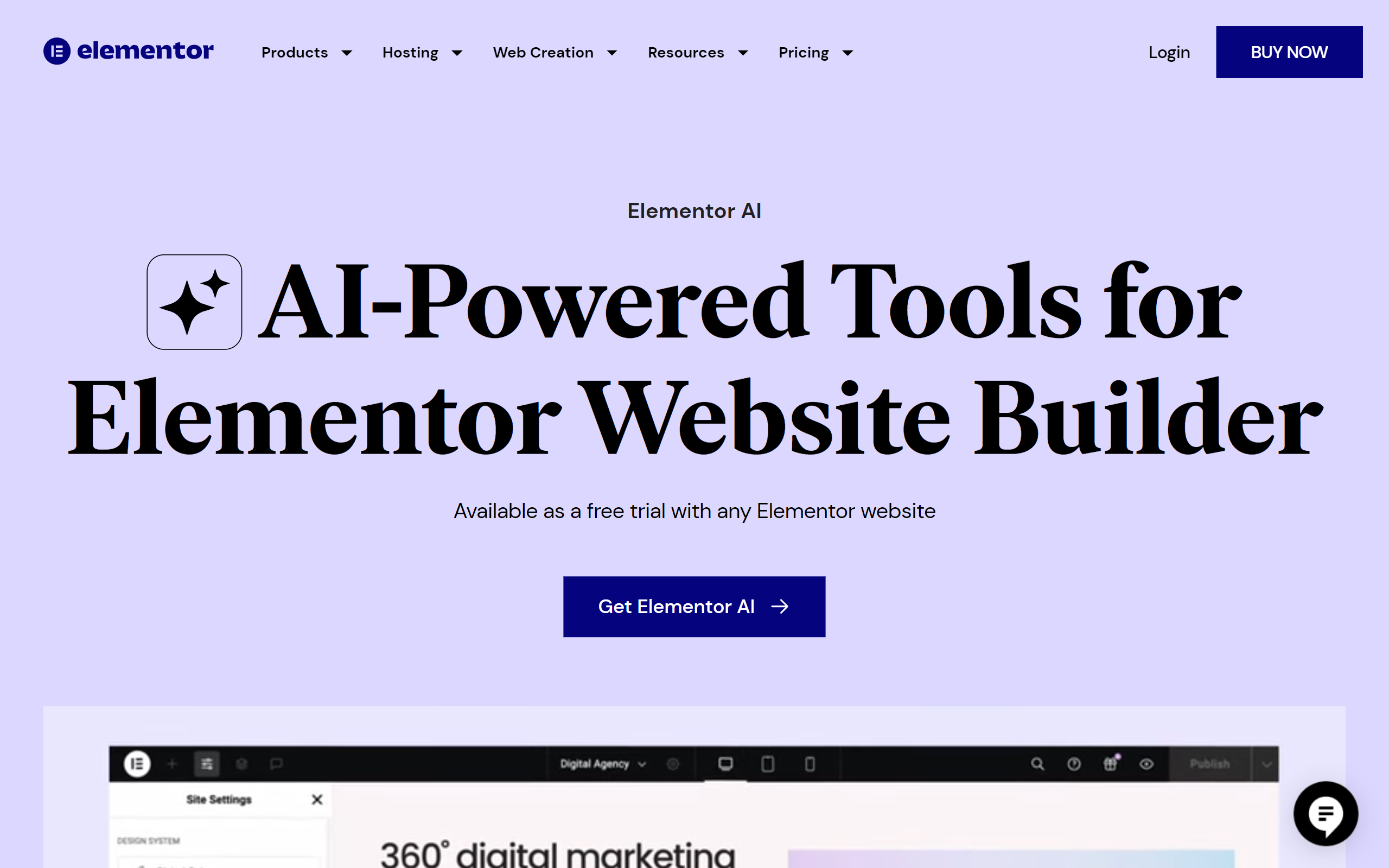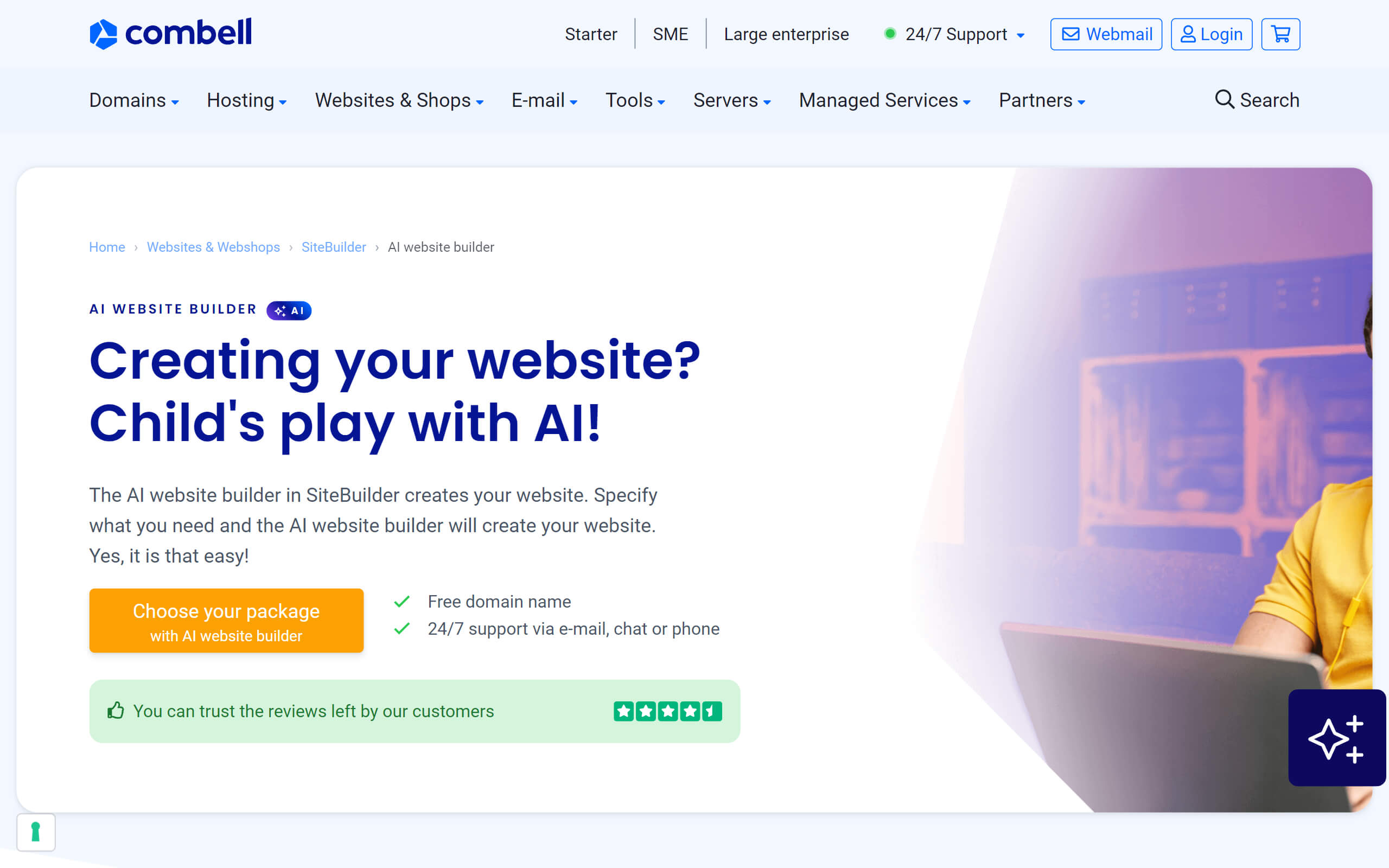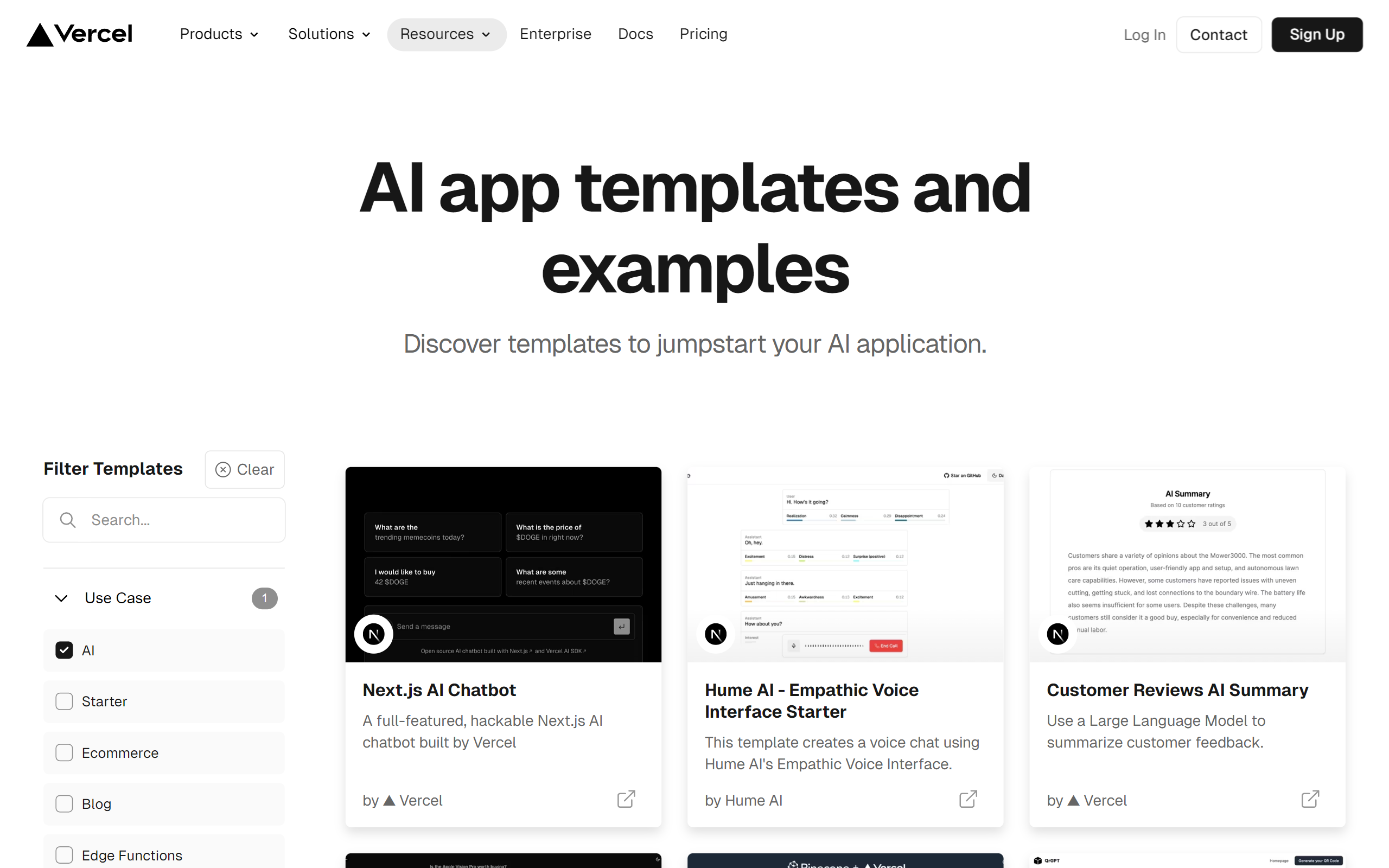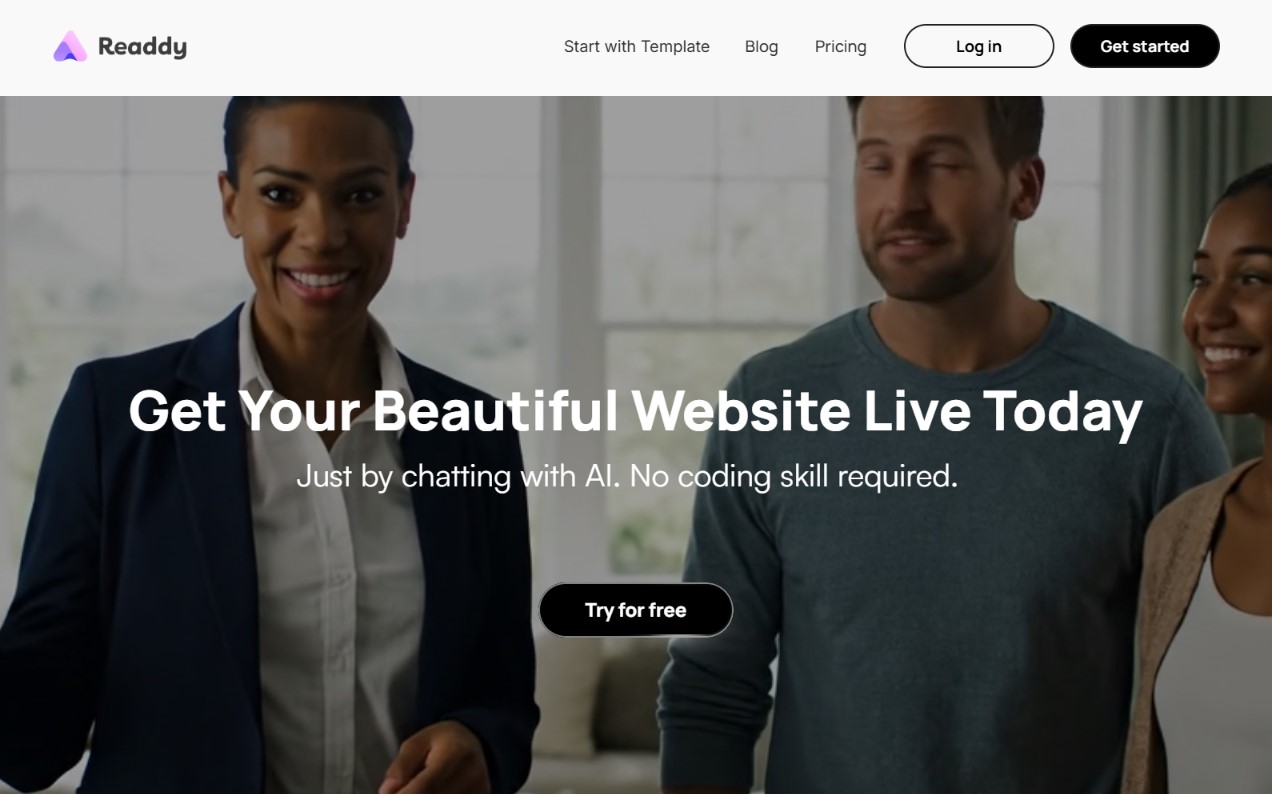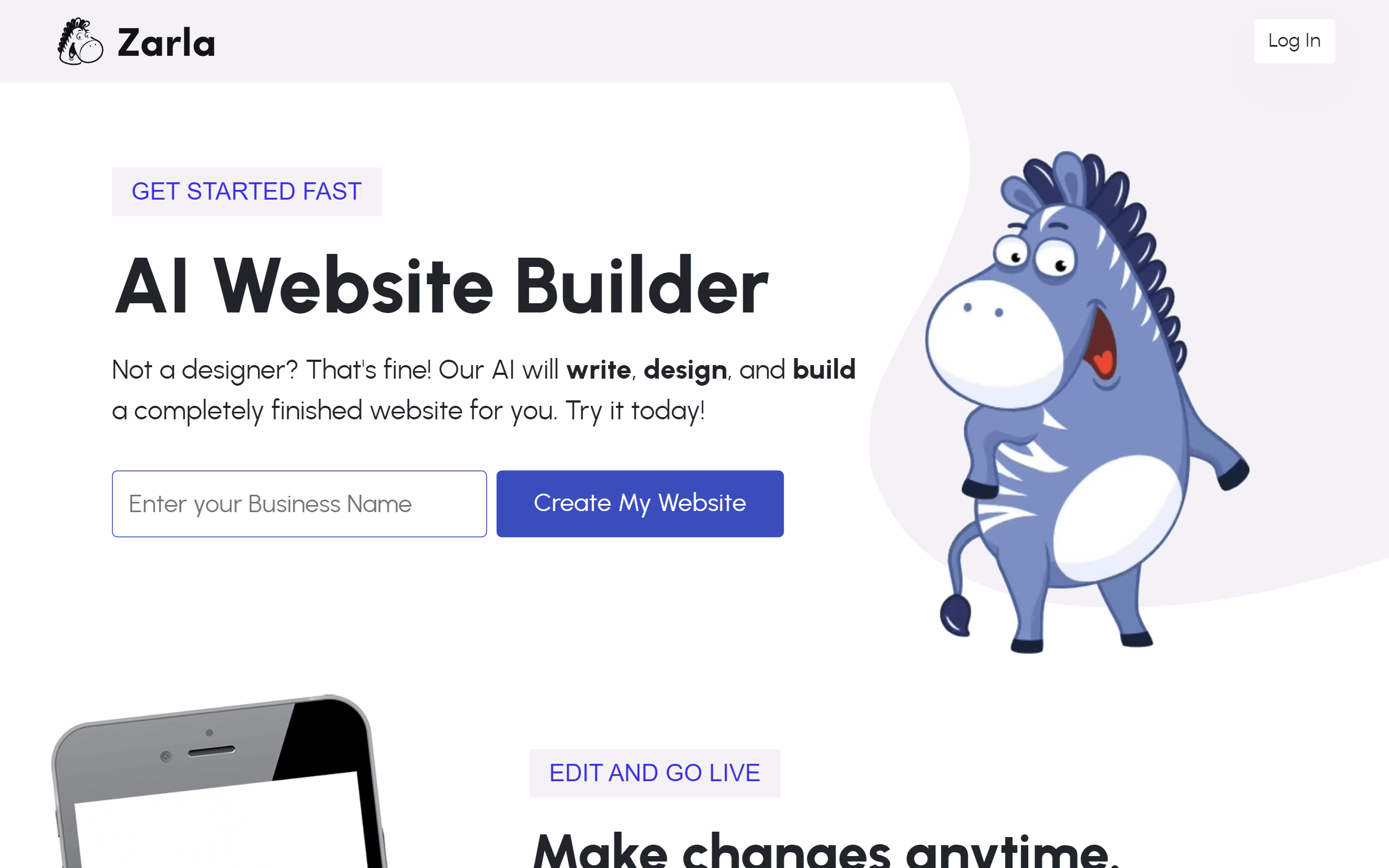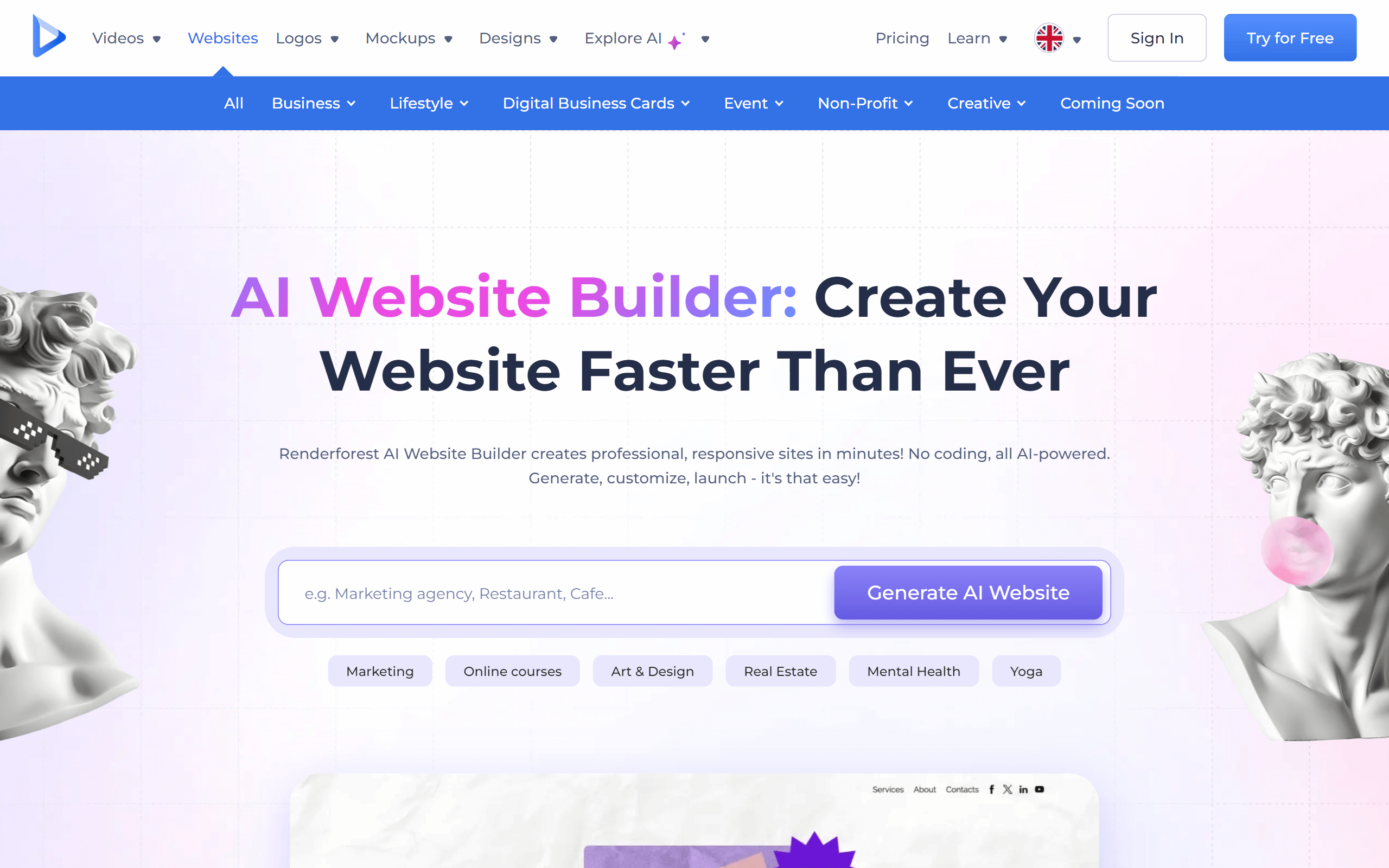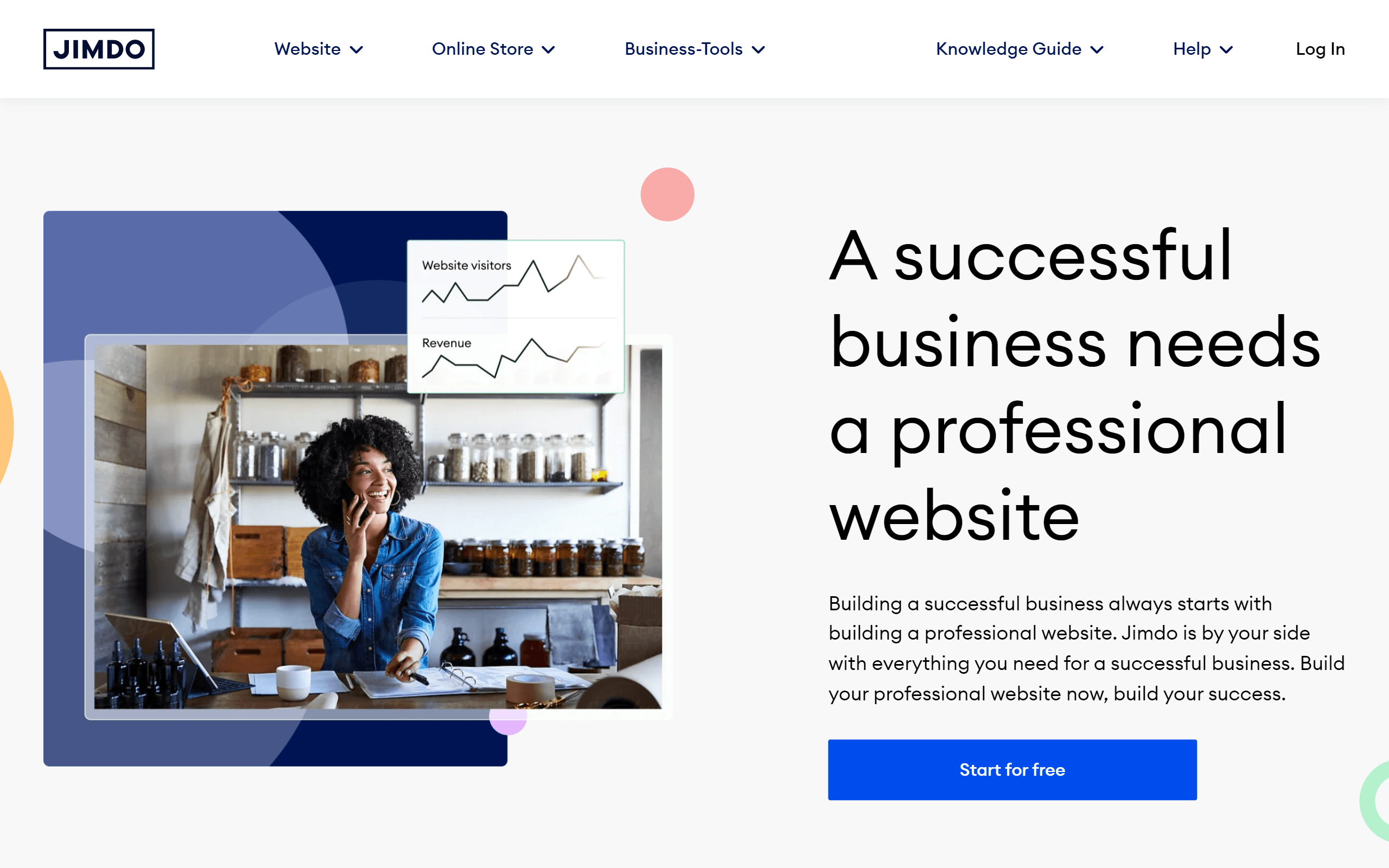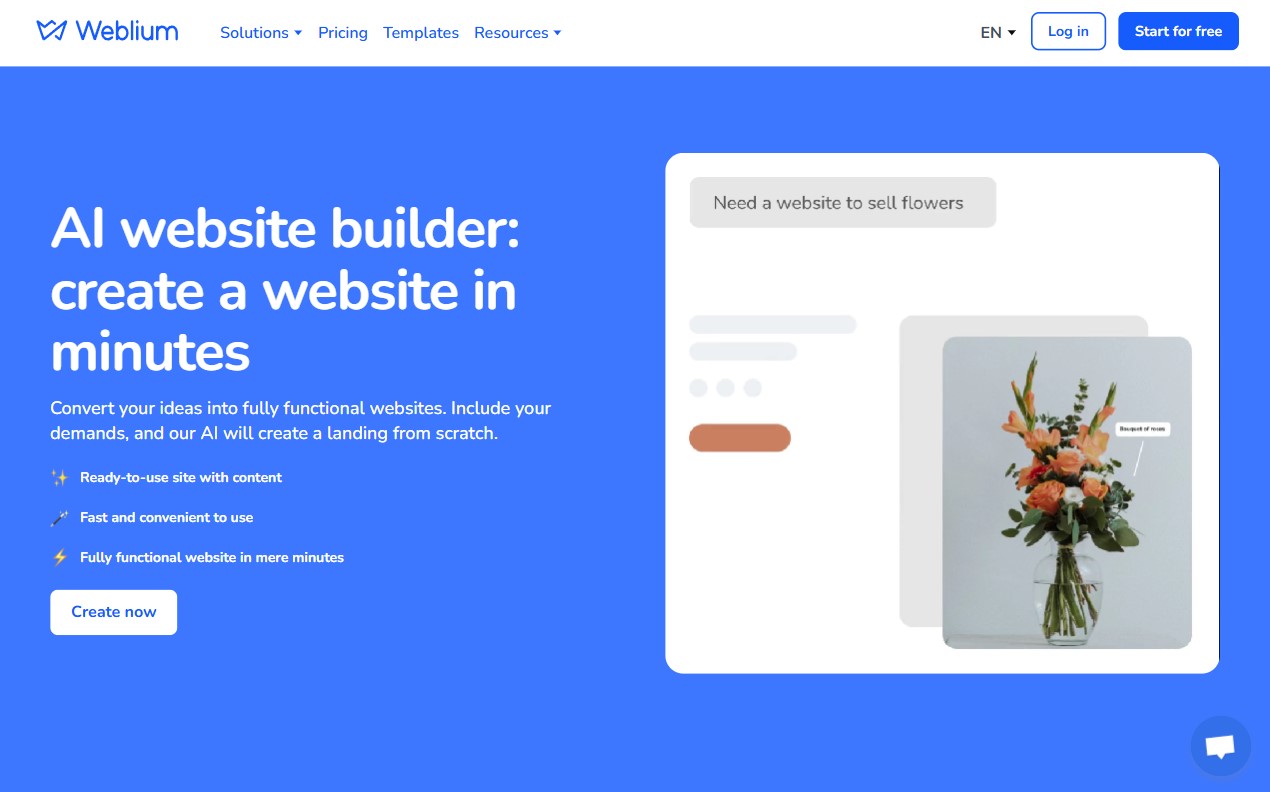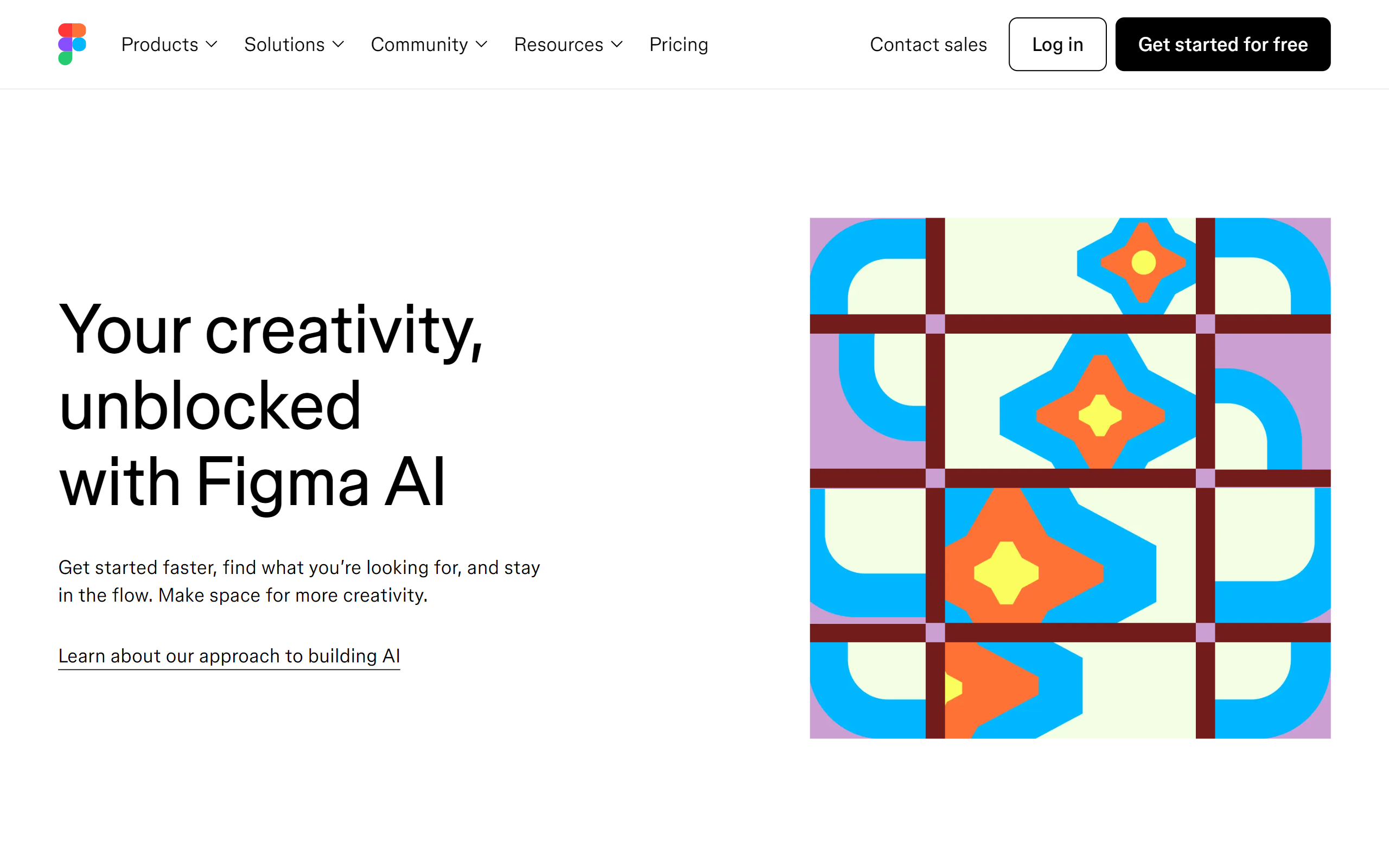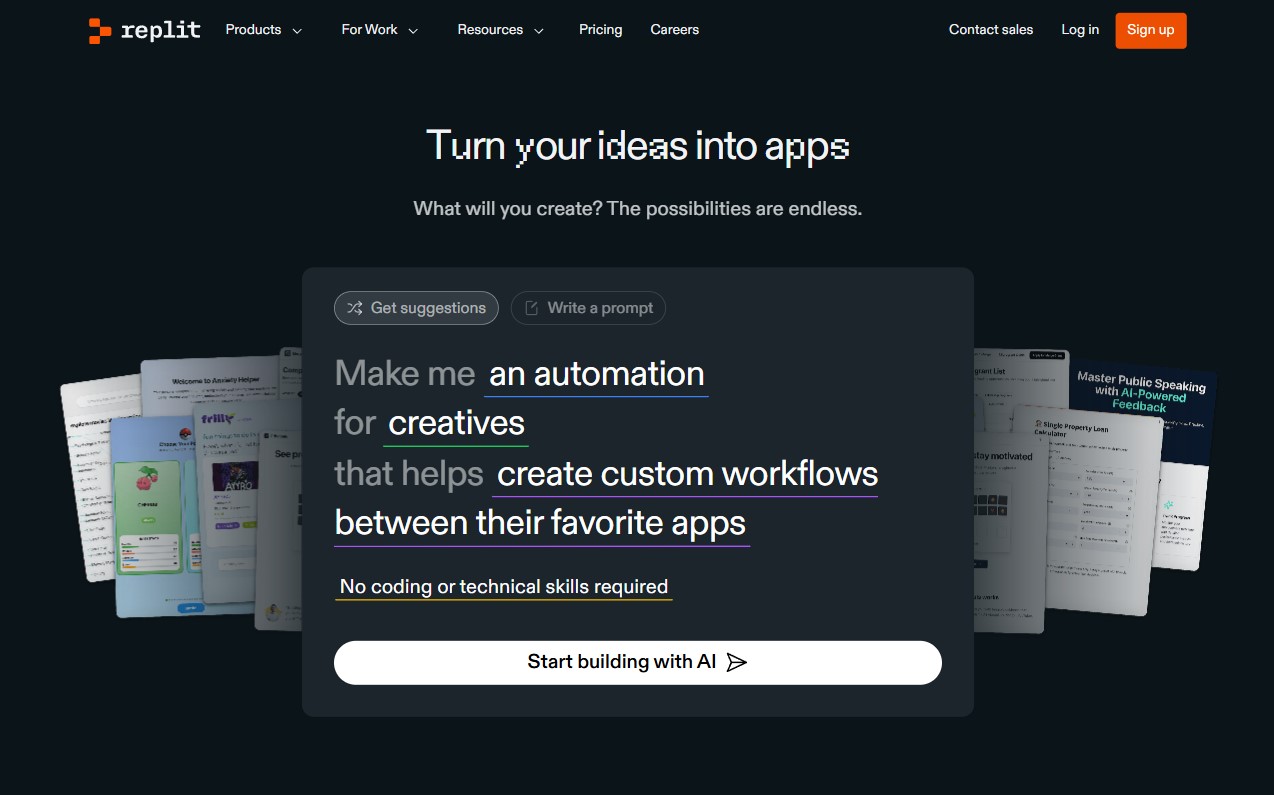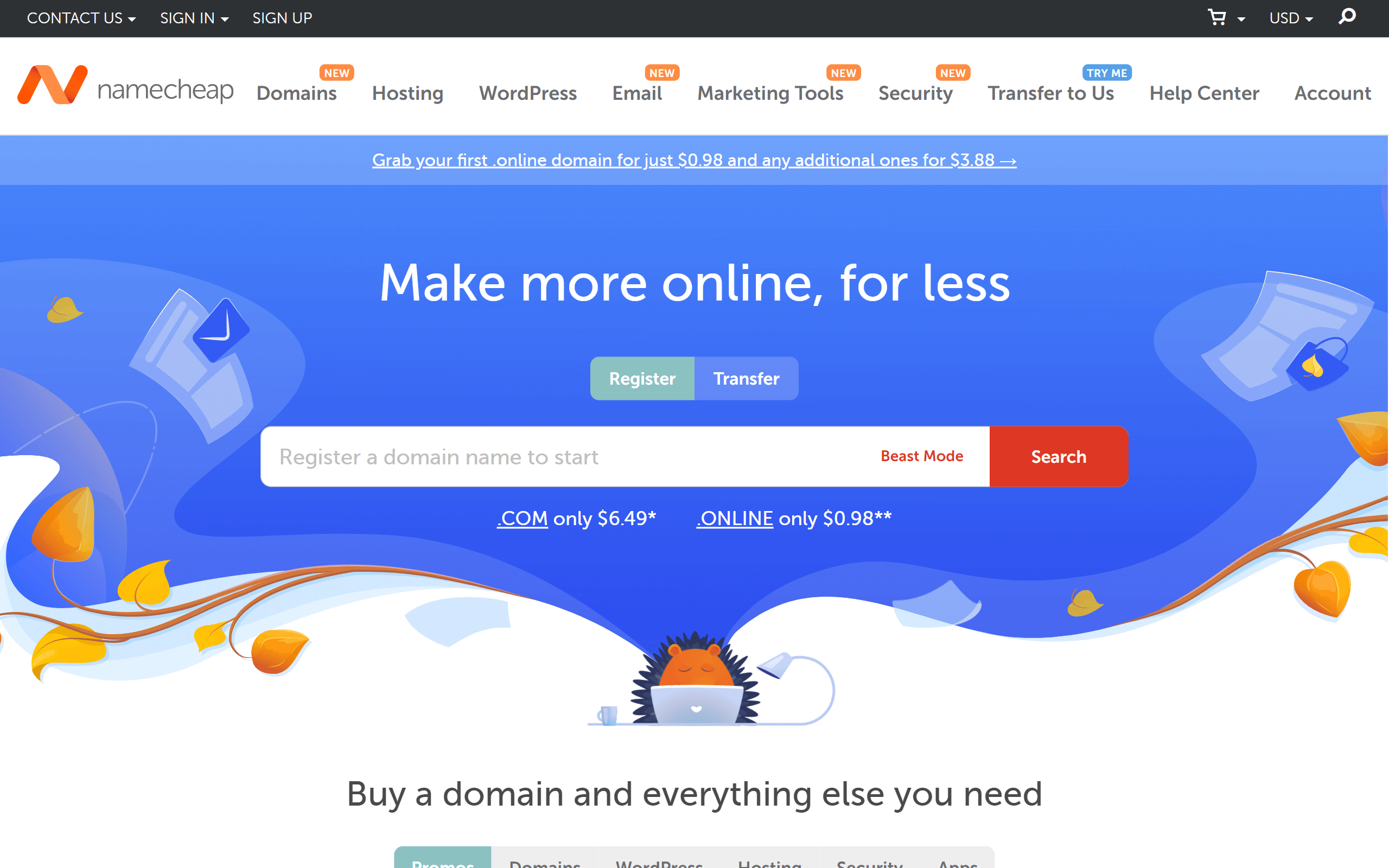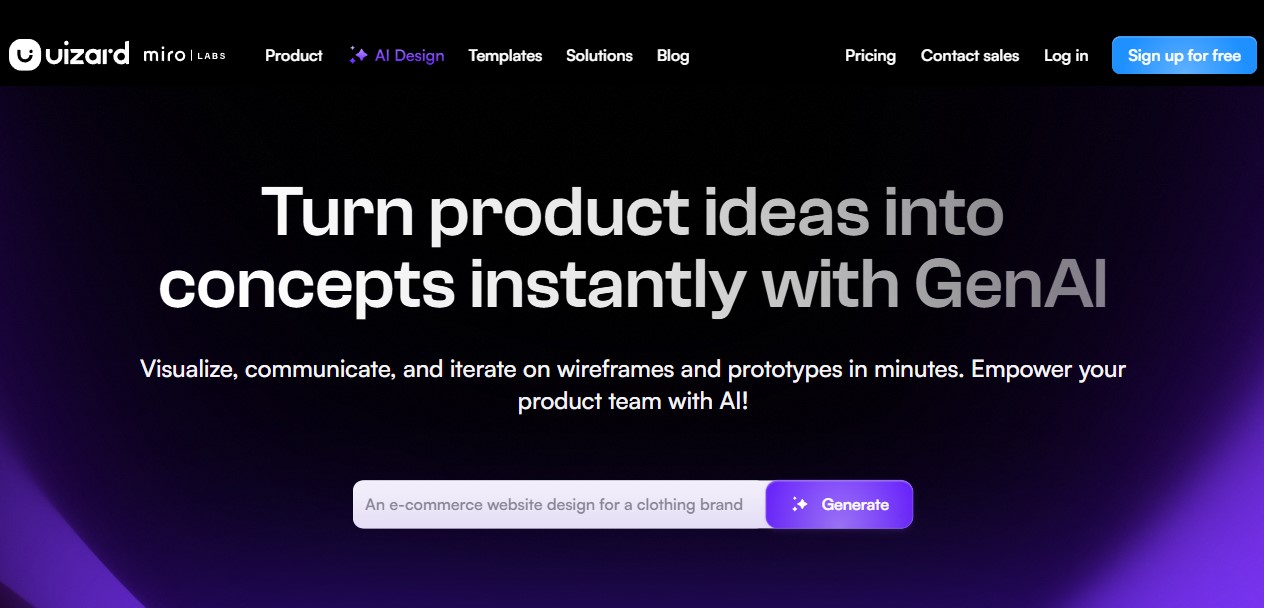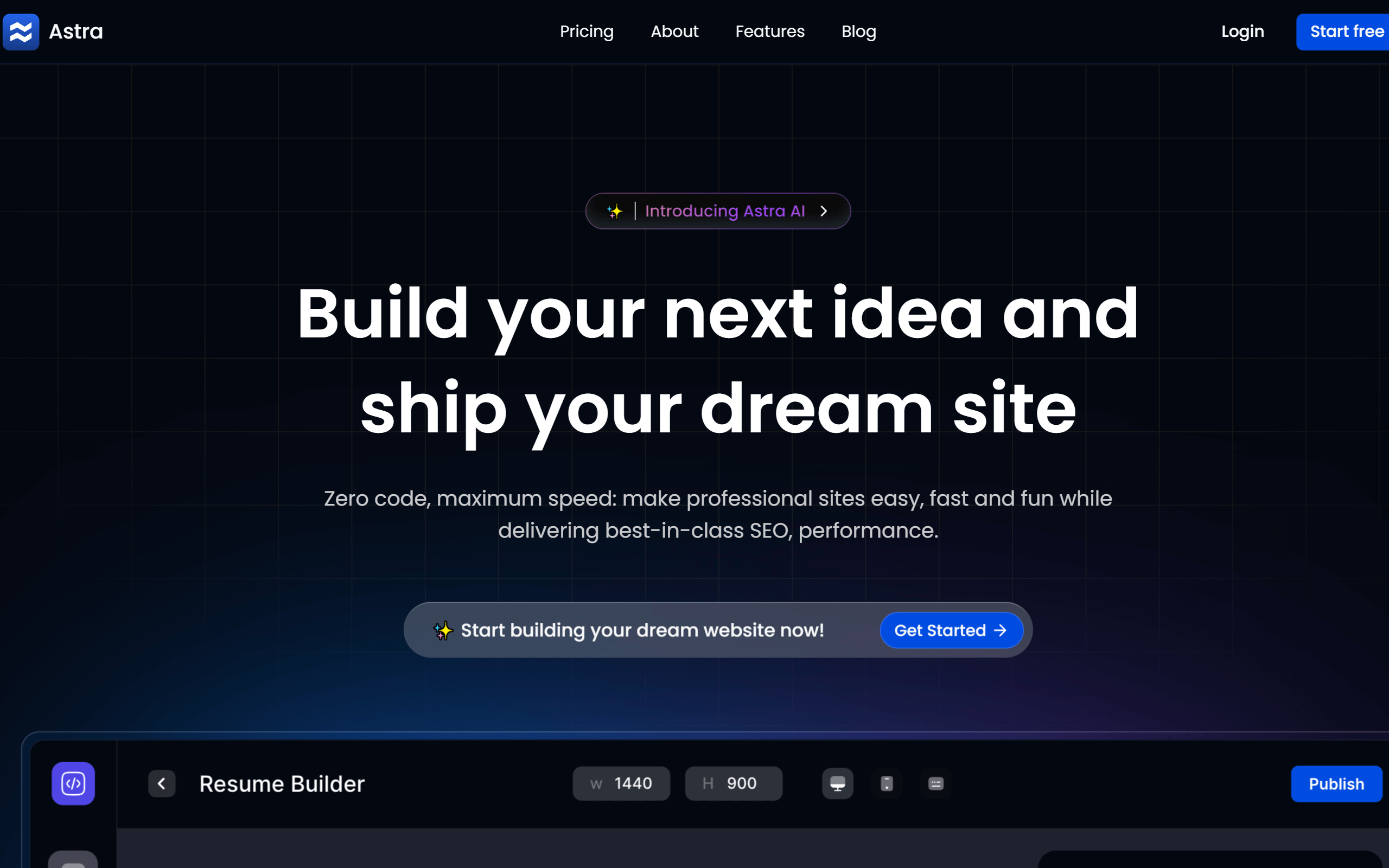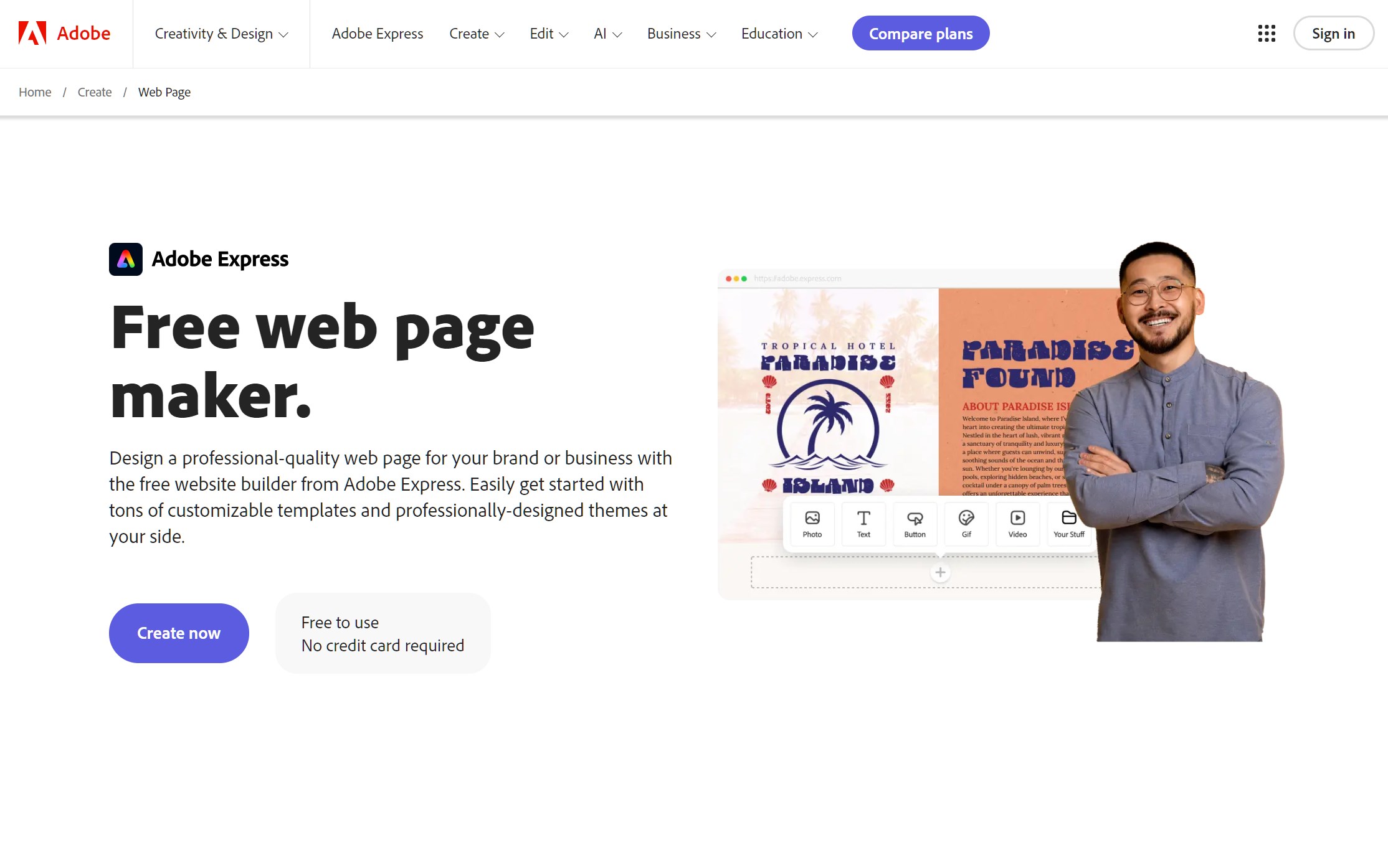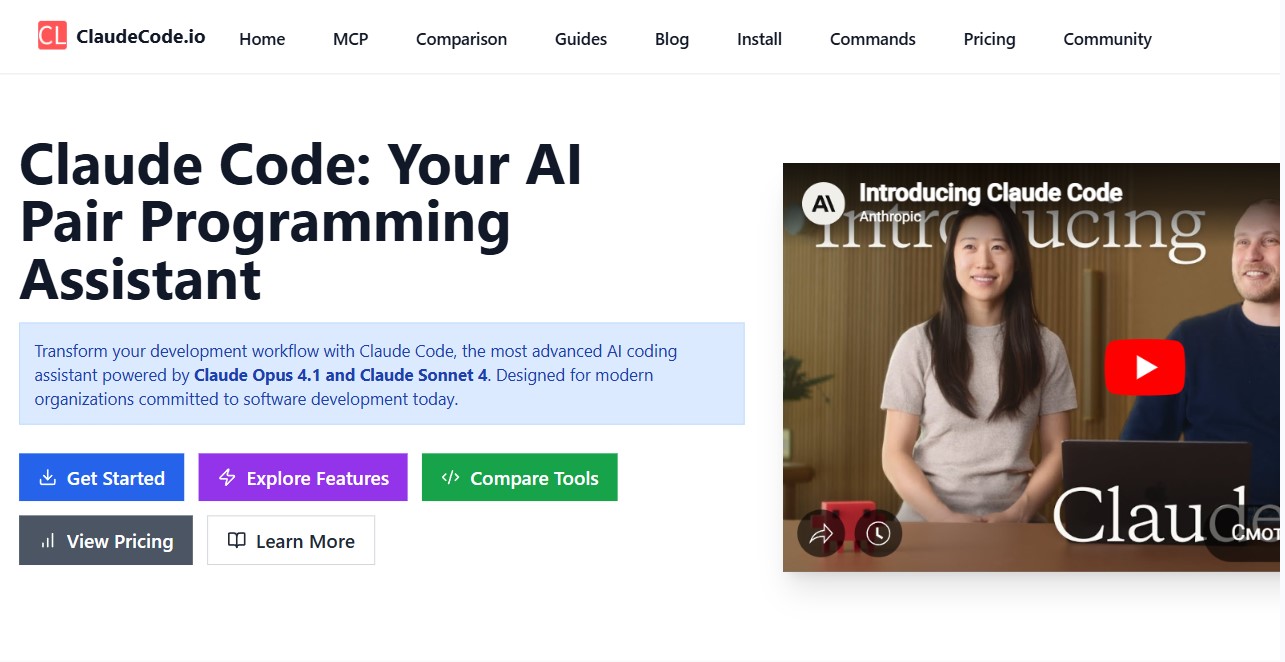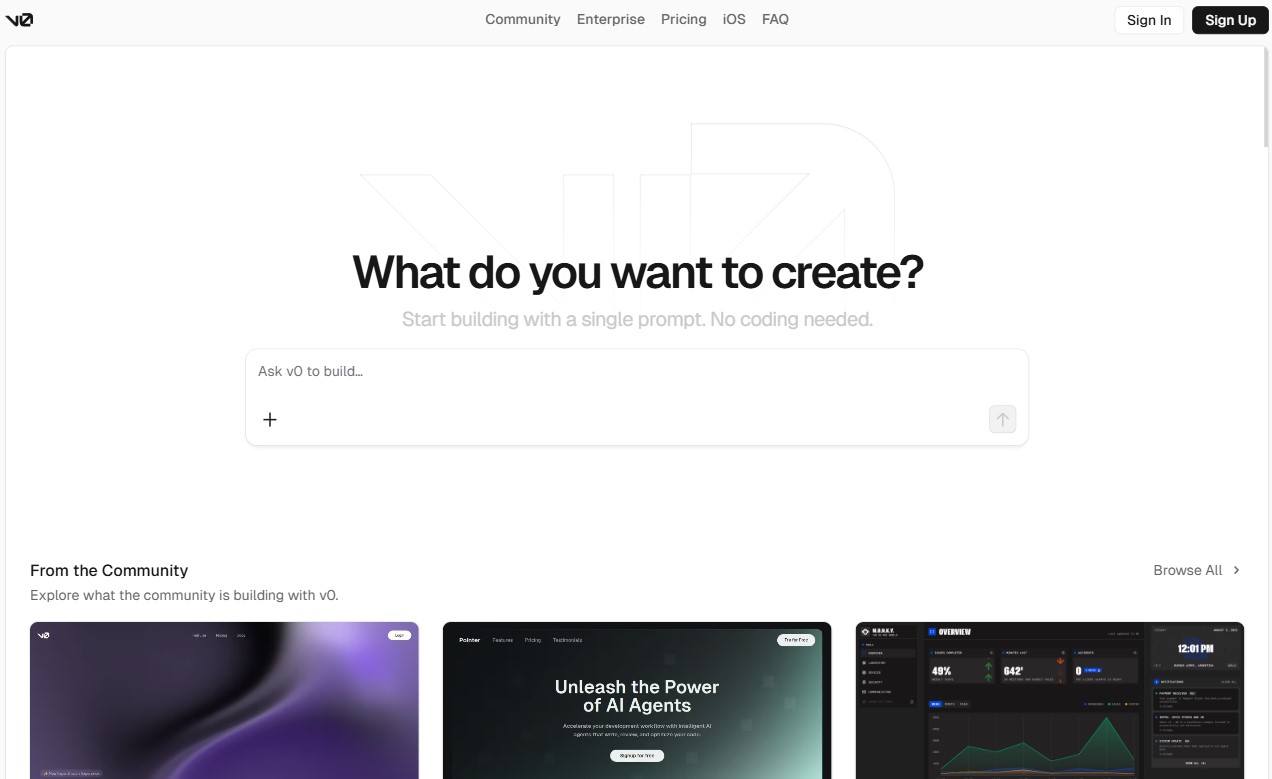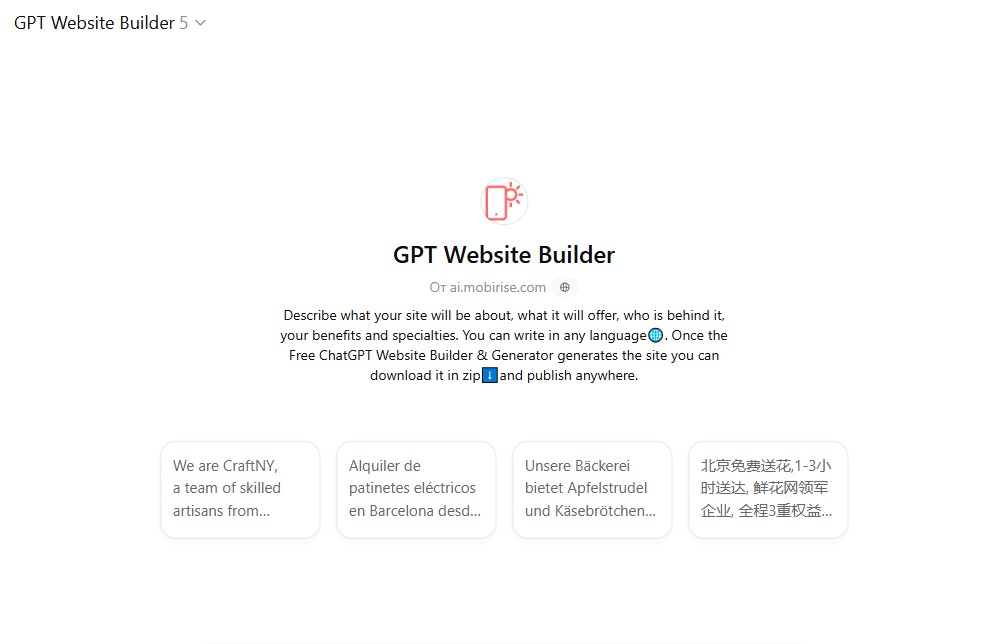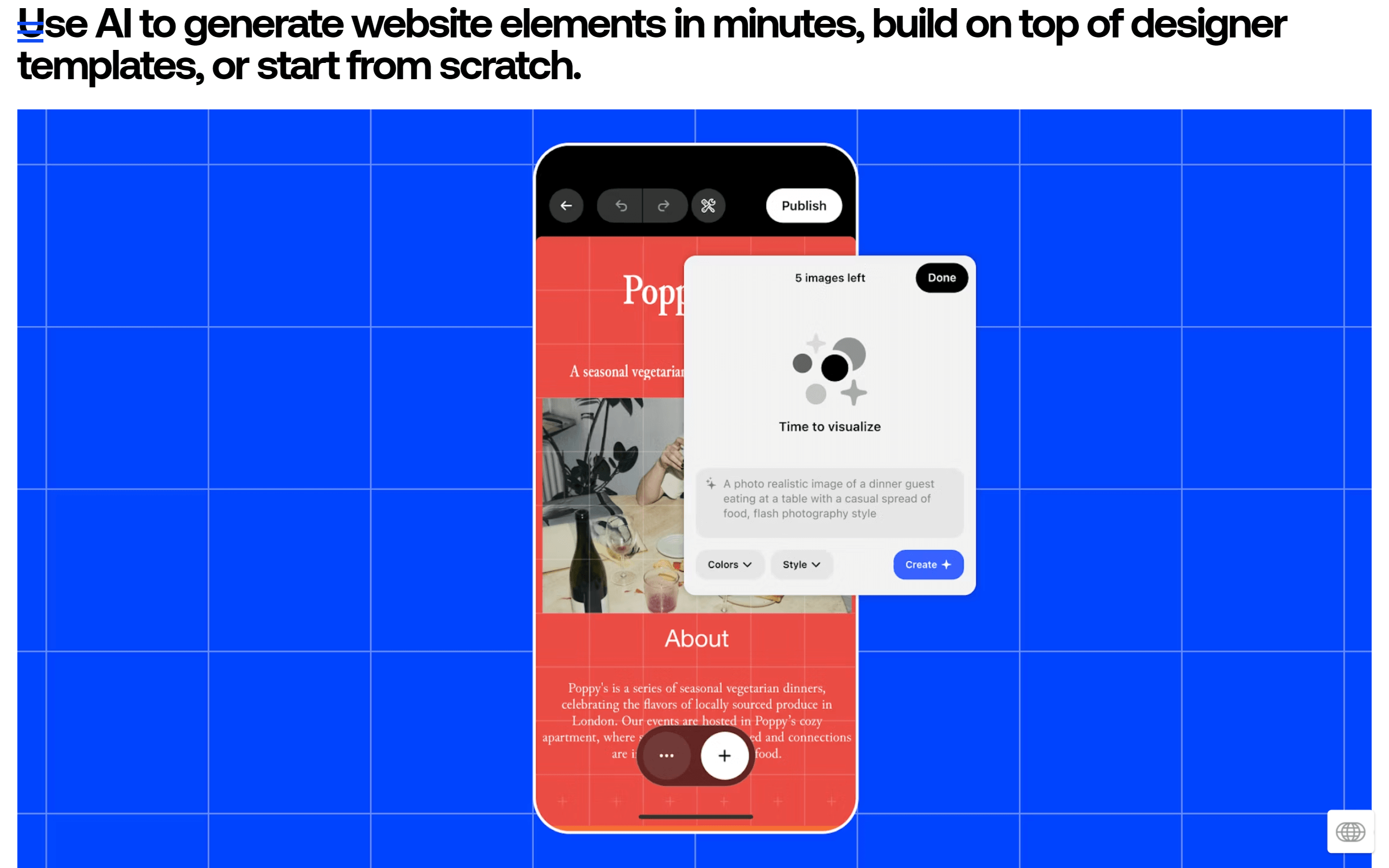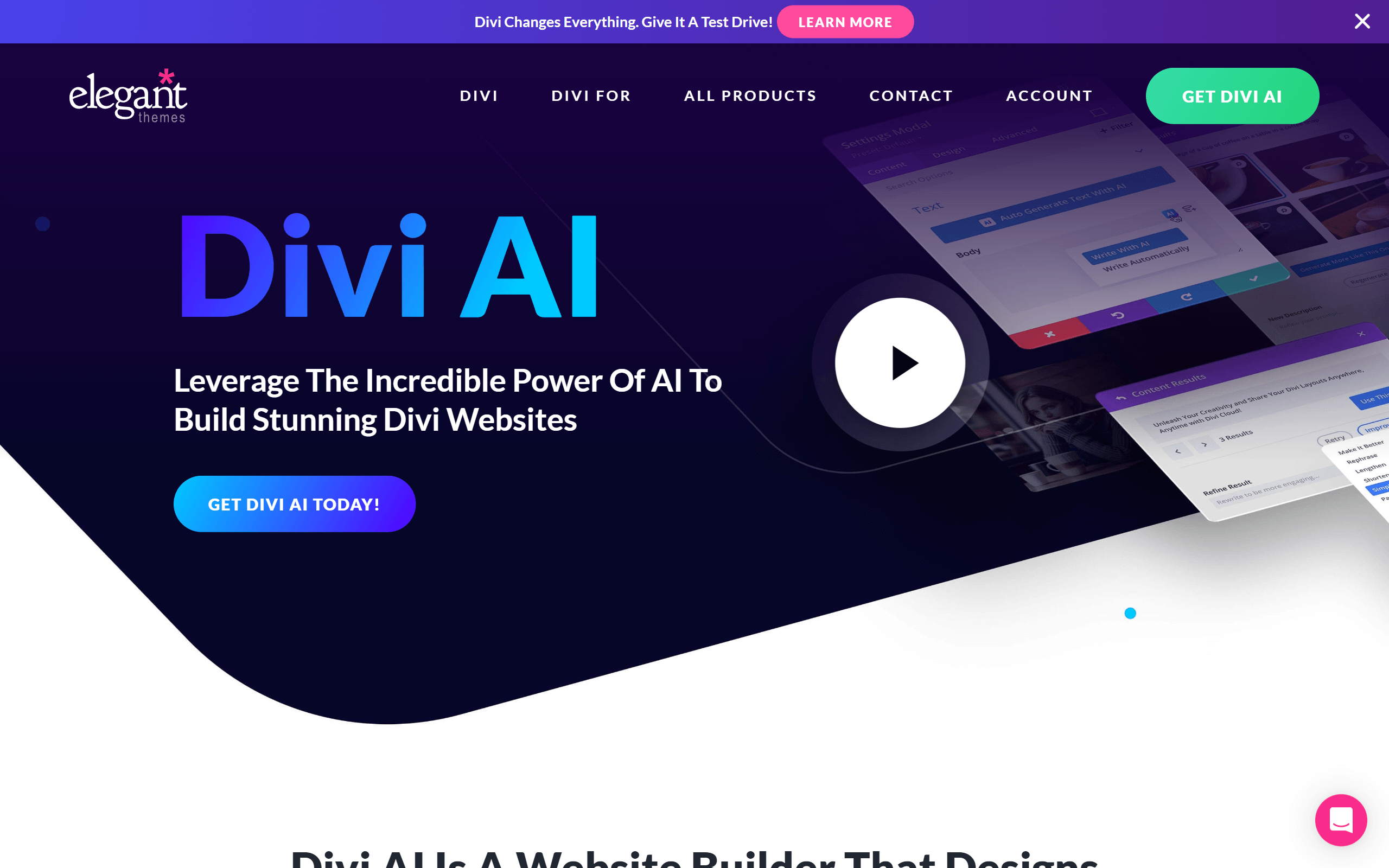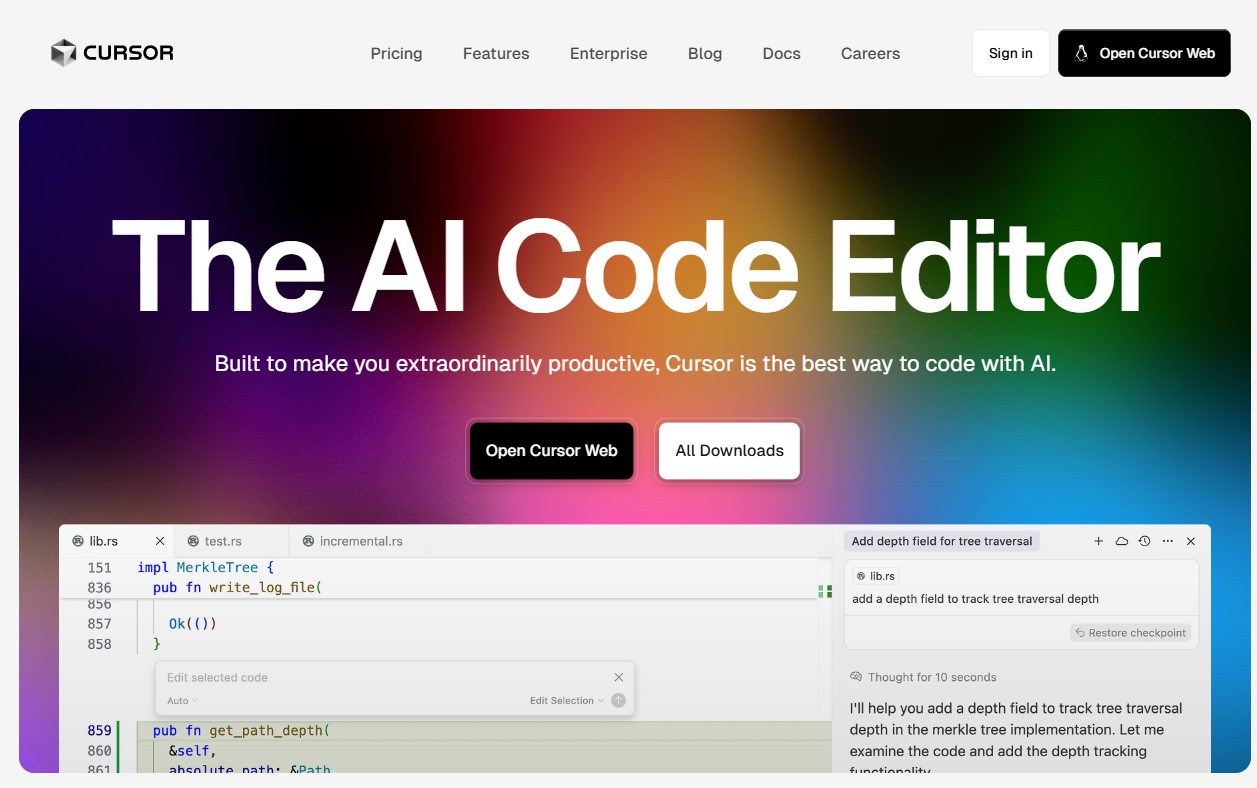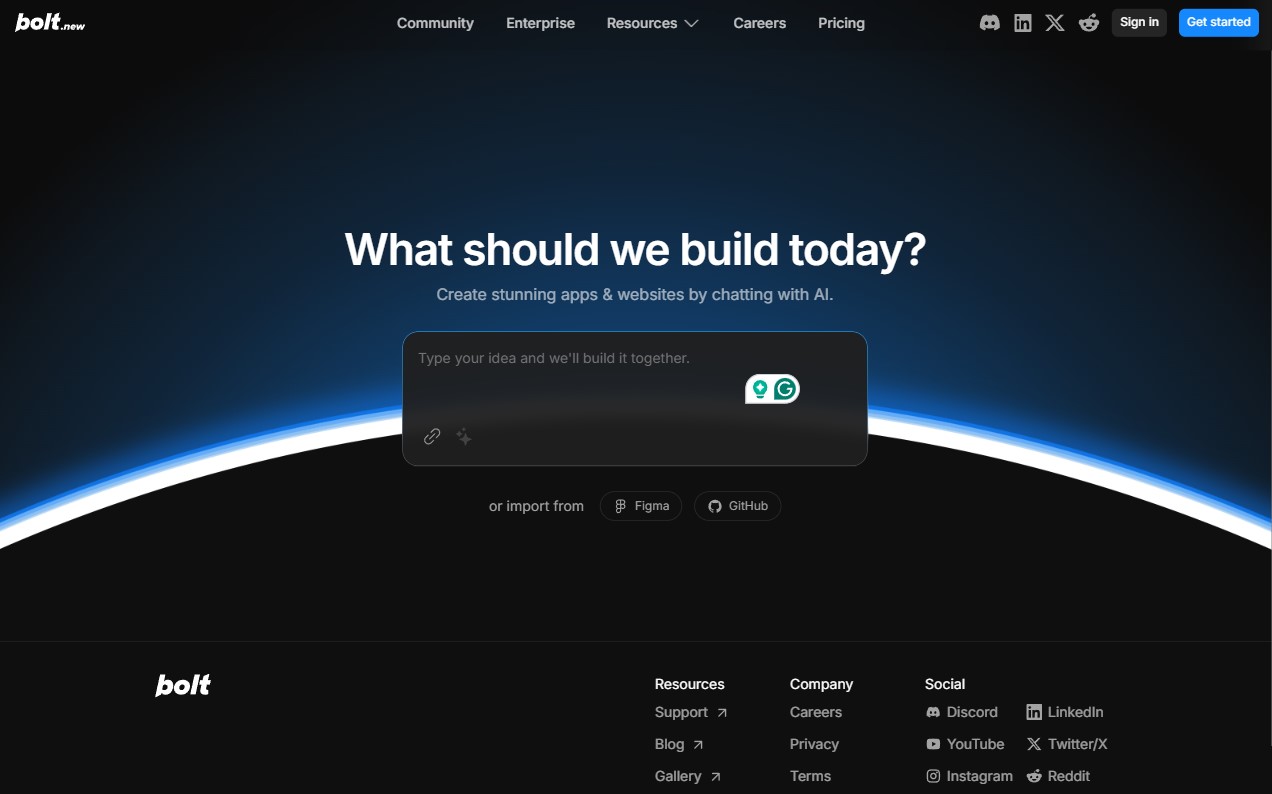| Mobirise AI |
Very easy; prompt-to-site workflow |
Basic templates; limited plugin options |
Prompt-driven site generation and instant deployment |
Free for core builder; strong for initial launches |
Limited ecommerce, fewer integrations, basic analytics |
| Wix |
Beginner friendly; drag-and-drop + AI |
High visual control; moderate backend options |
ADI and AI content/layout suggestions |
Affordable entry plans; AI may need paid tiers |
Template bloat, SEO and performance constraints |
| Squarespace |
Design-focused, easy for creators |
Moderate customization; strong responsive design |
Content helpers, image and layout suggestions |
Midrange pricing with hosting included |
Fewer integrations, limited ecommerce and APIs |
| WordPress |
Moderate; setup and hosting choices needed |
Very high; open architecture for custom work |
Wide plugin ecosystem for AI tools and models |
Core free but plugins and hosting add costs |
Maintenance, compatibility risks, technical upkeep |
| Shopify |
High for merchants; ecommerce focused |
Good for stores; complex workflows need apps |
Shopify Magic, recommendations, product content AI |
Tiered ecommerce pricing; apps add recurring fees |
Vendor lock-in, app expenses, opaque AI sourcing |
| GoDaddy |
Very easy; one-stop hosting and domain |
Limited template flexibility |
Basic AI site and content generation |
Affordable starter plans |
Rigid templates, constrained integrations, basic SEO |
| Webflow |
Moderate to steep learning curve |
High; pixel-level control and custom code |
AI copy, layout suggestions, prototyping aids |
Pricier for designer and team tiers |
Complex for simple sites, higher cost, limited native ecommerce |
